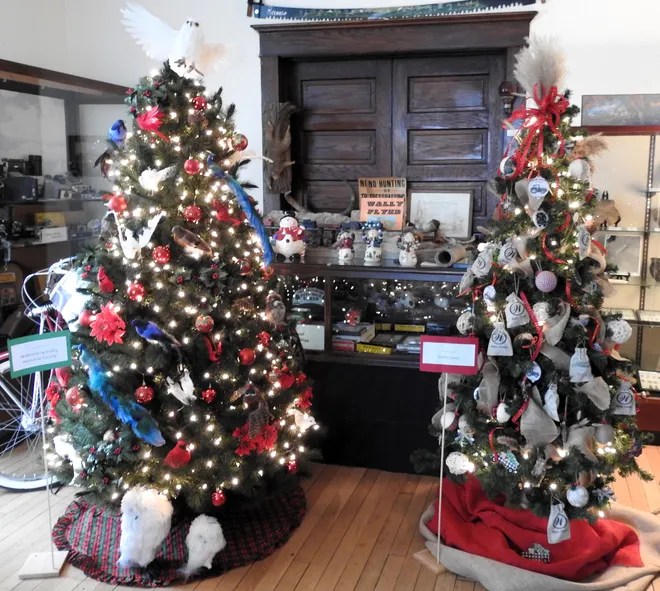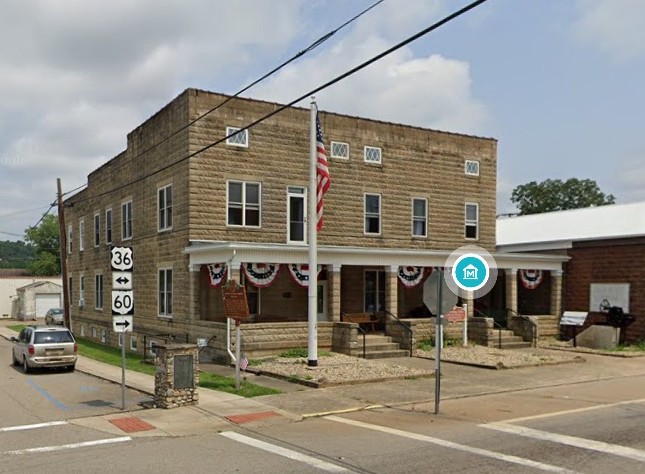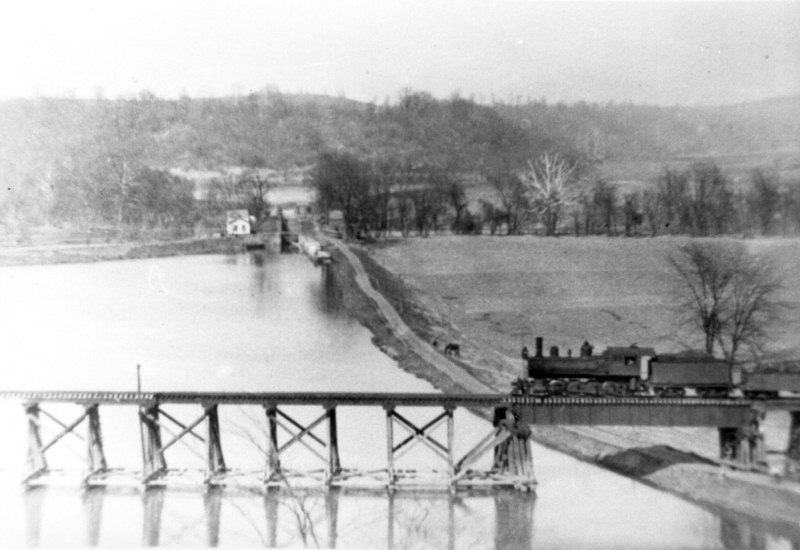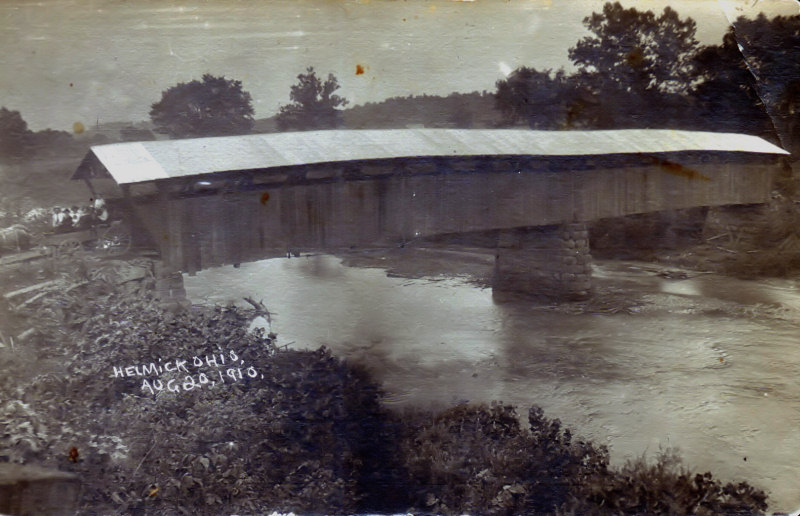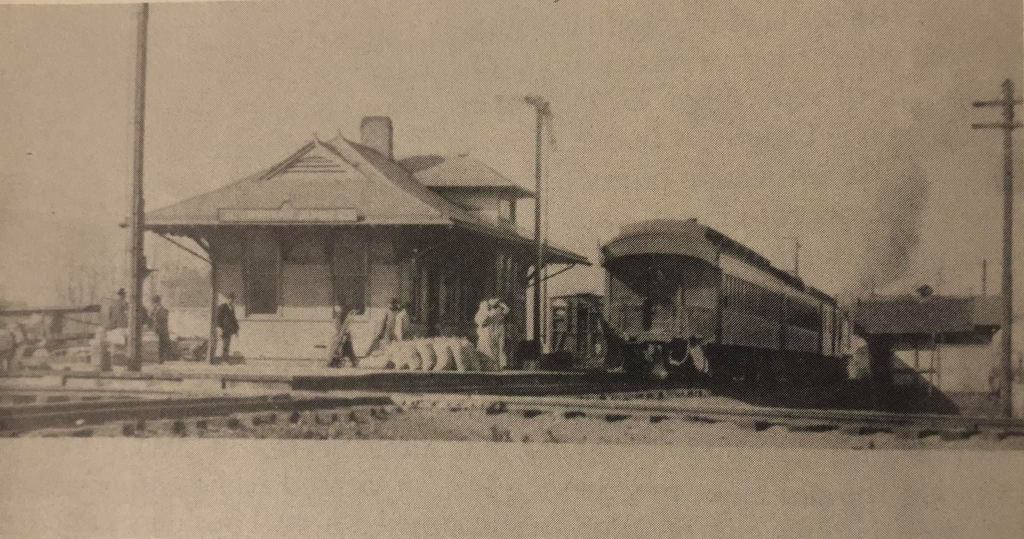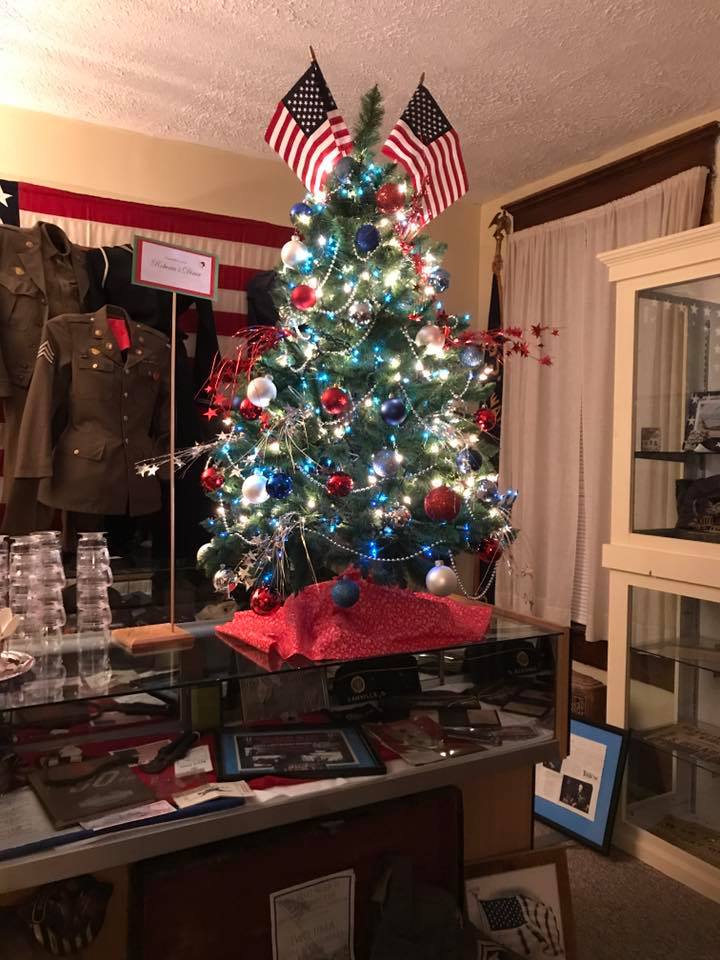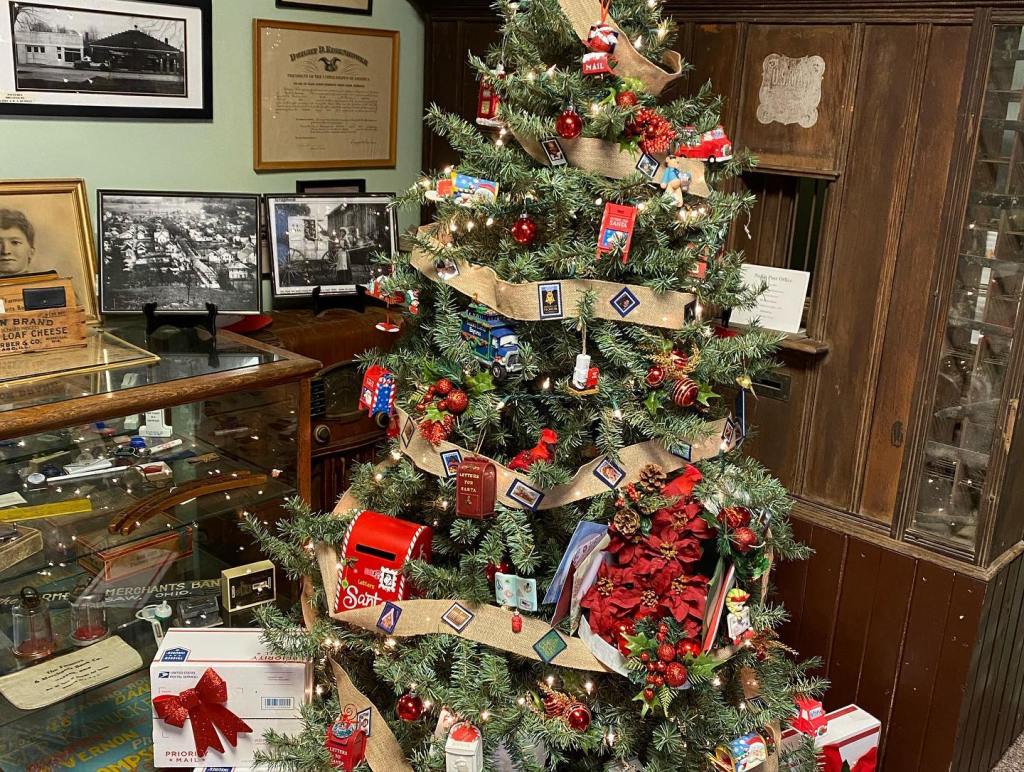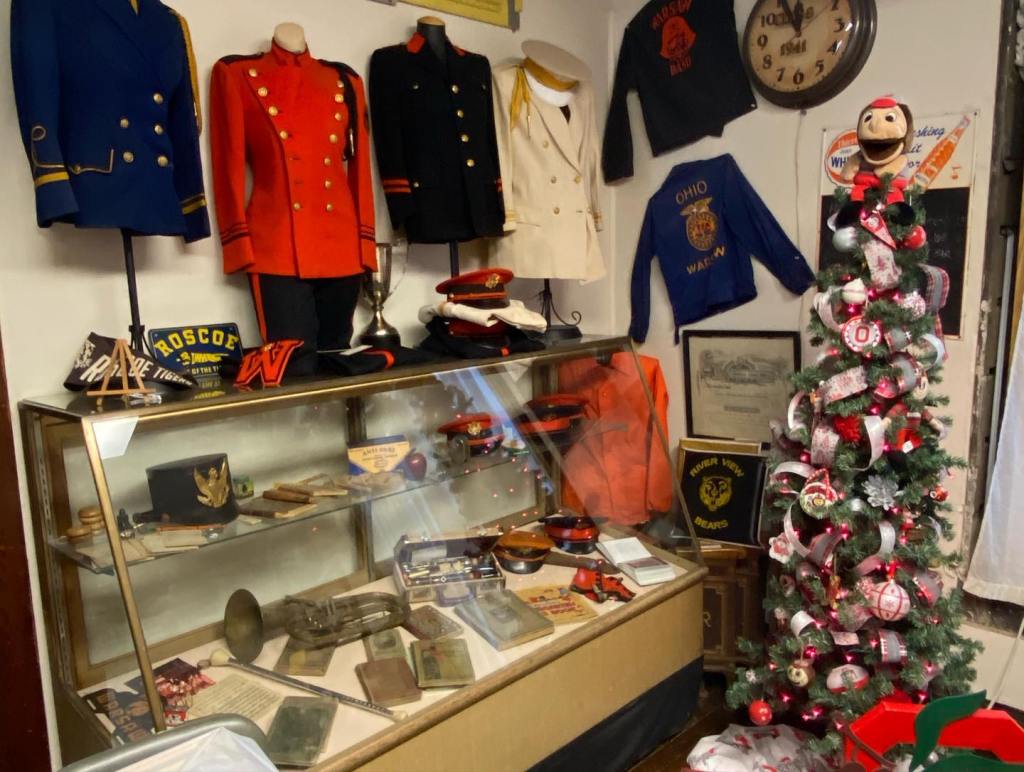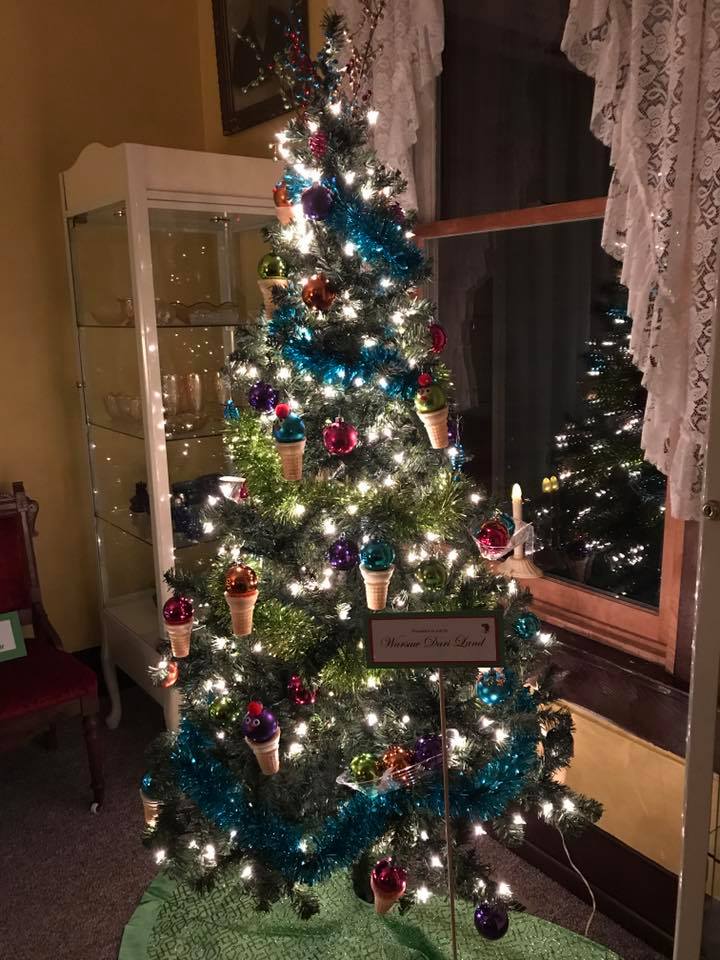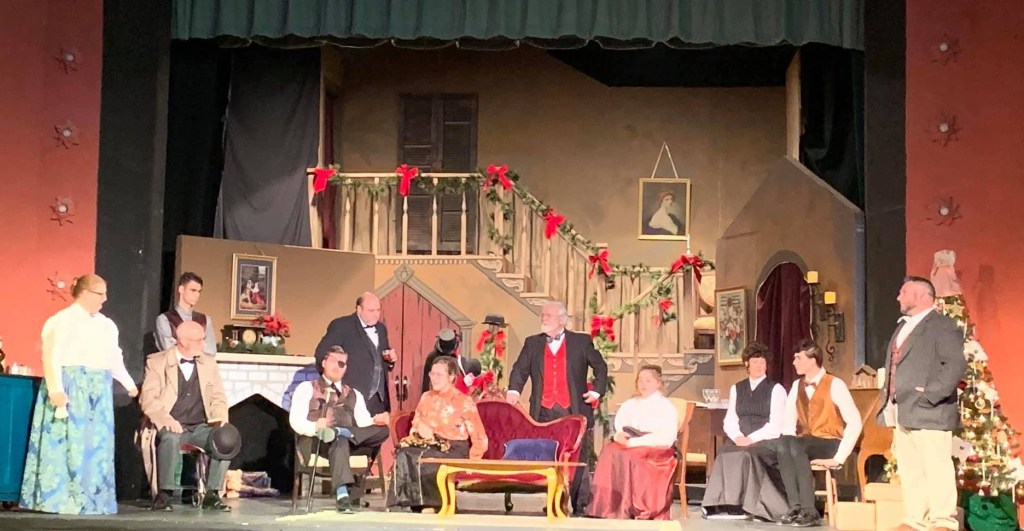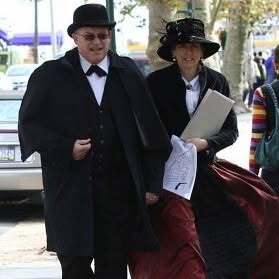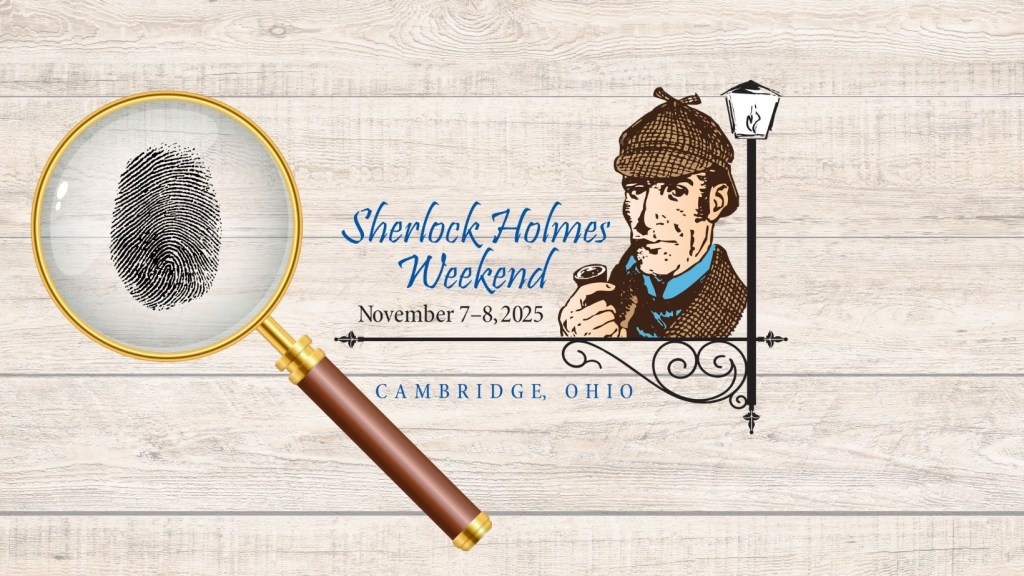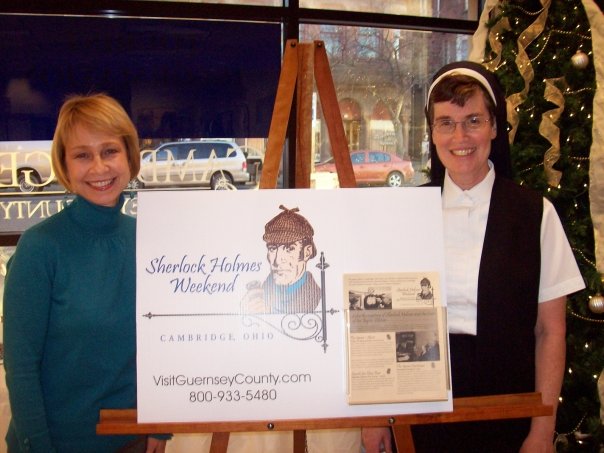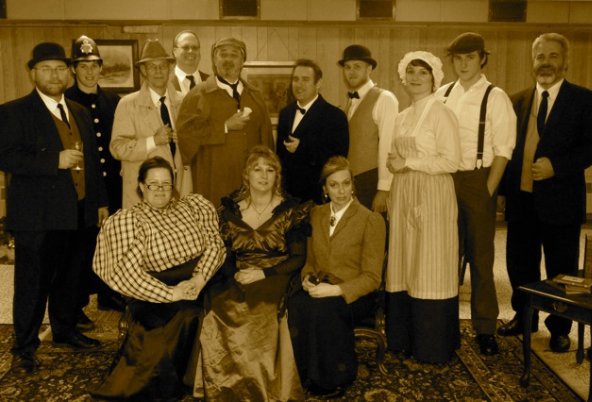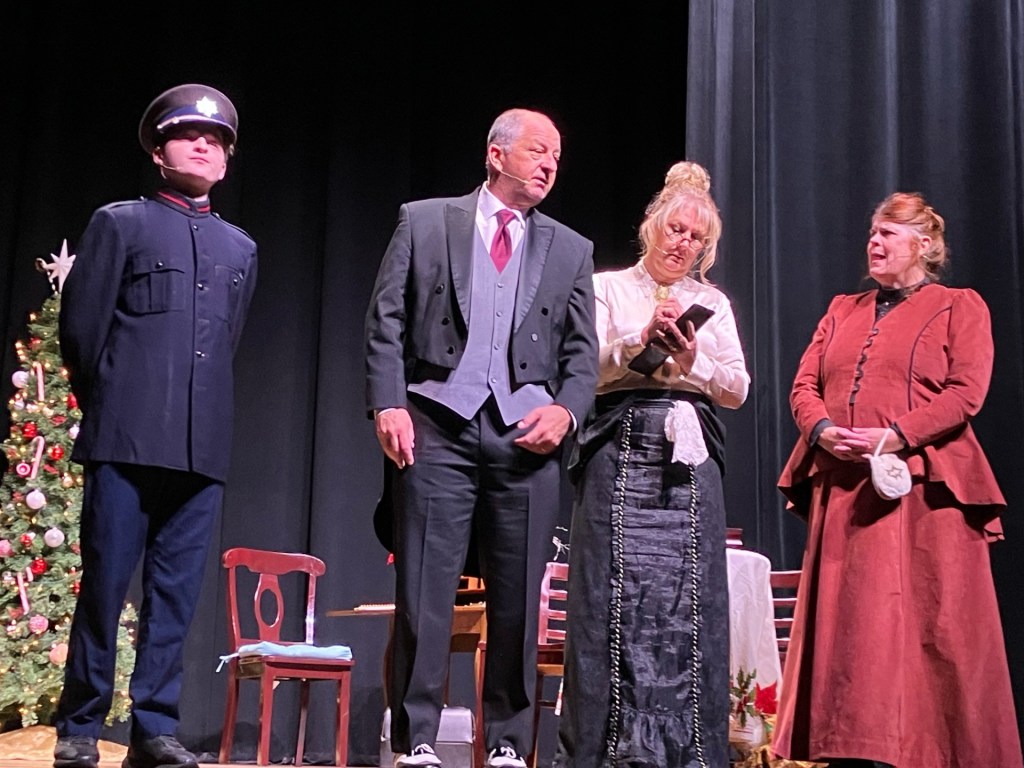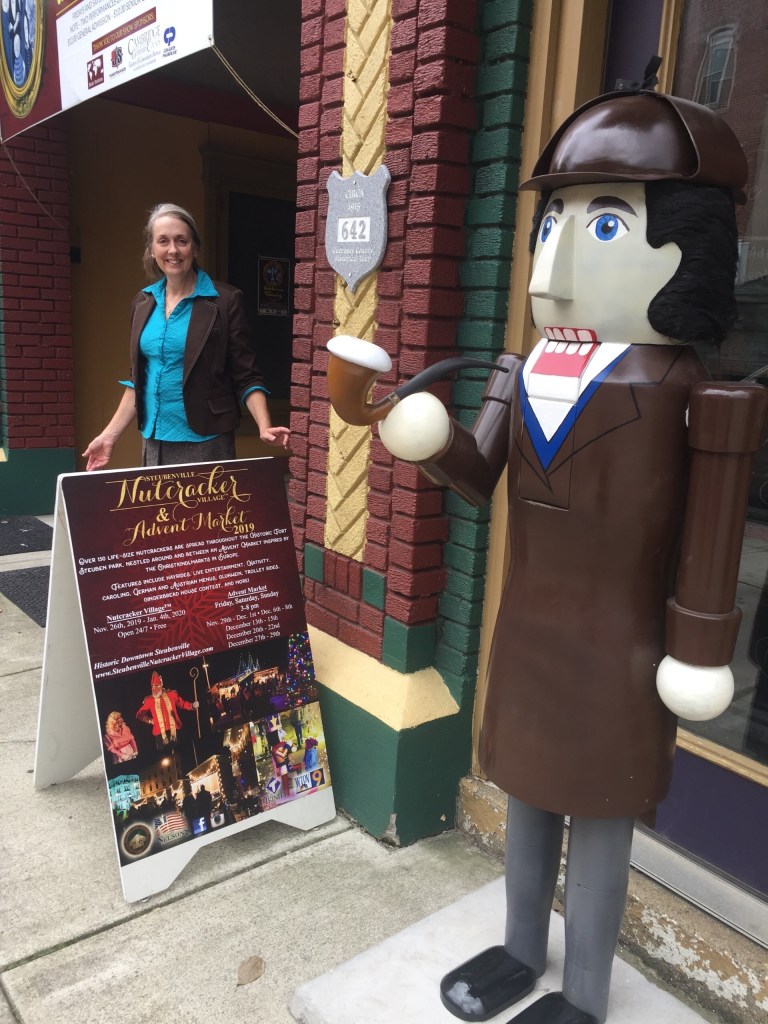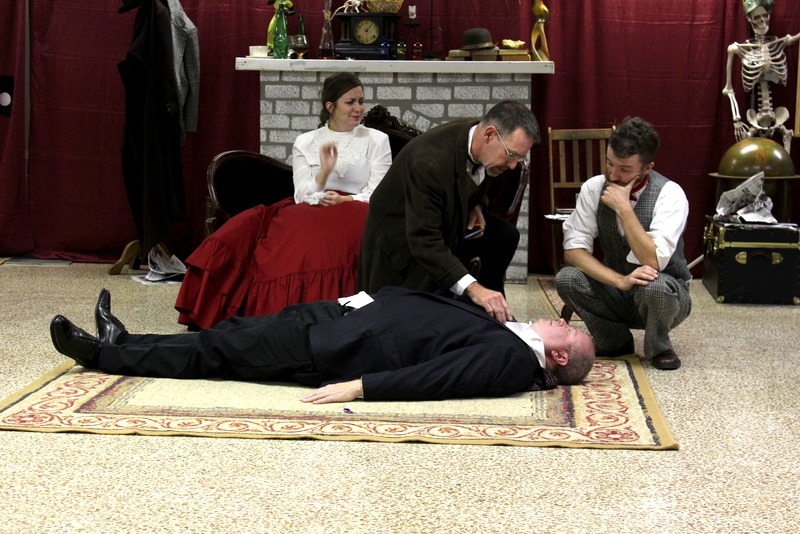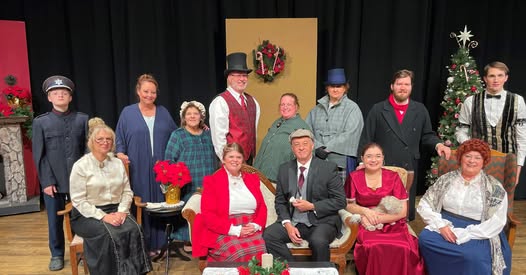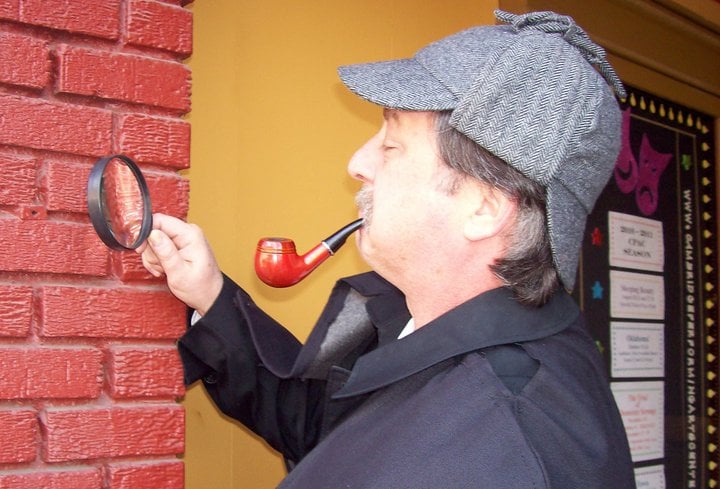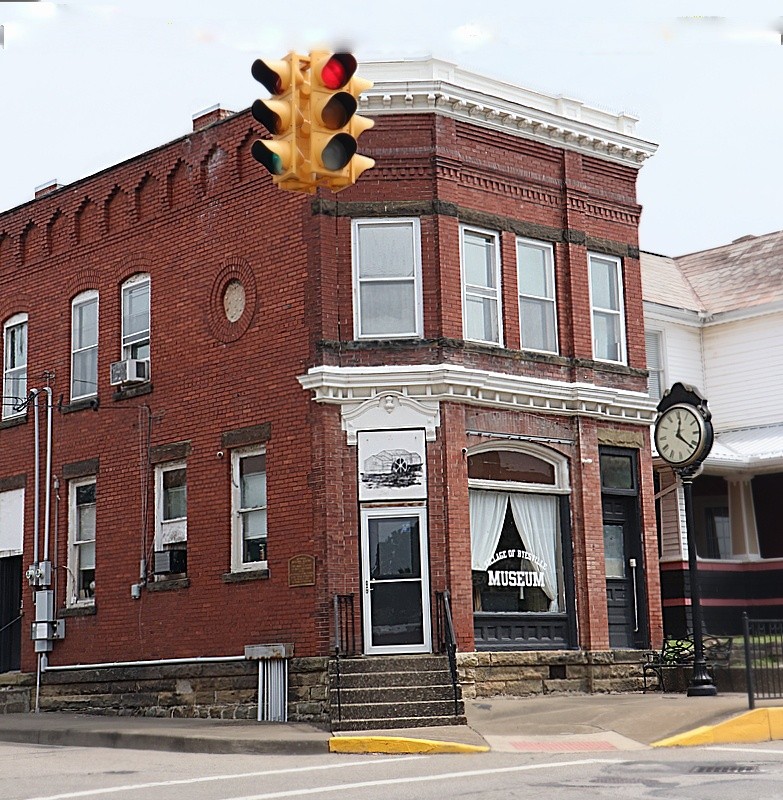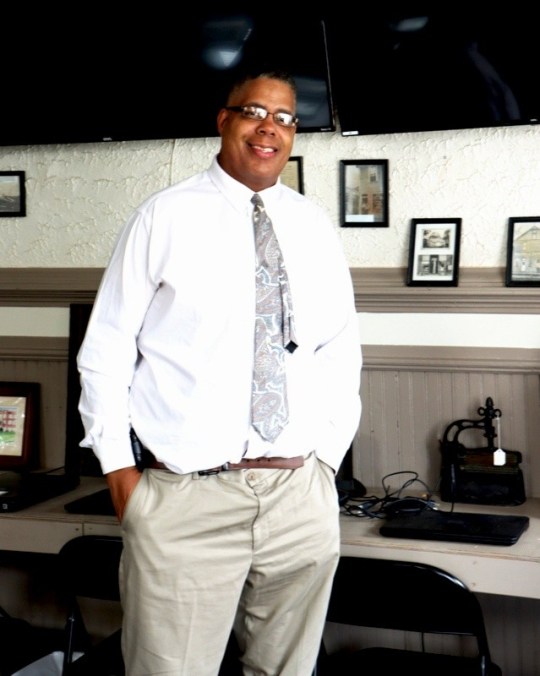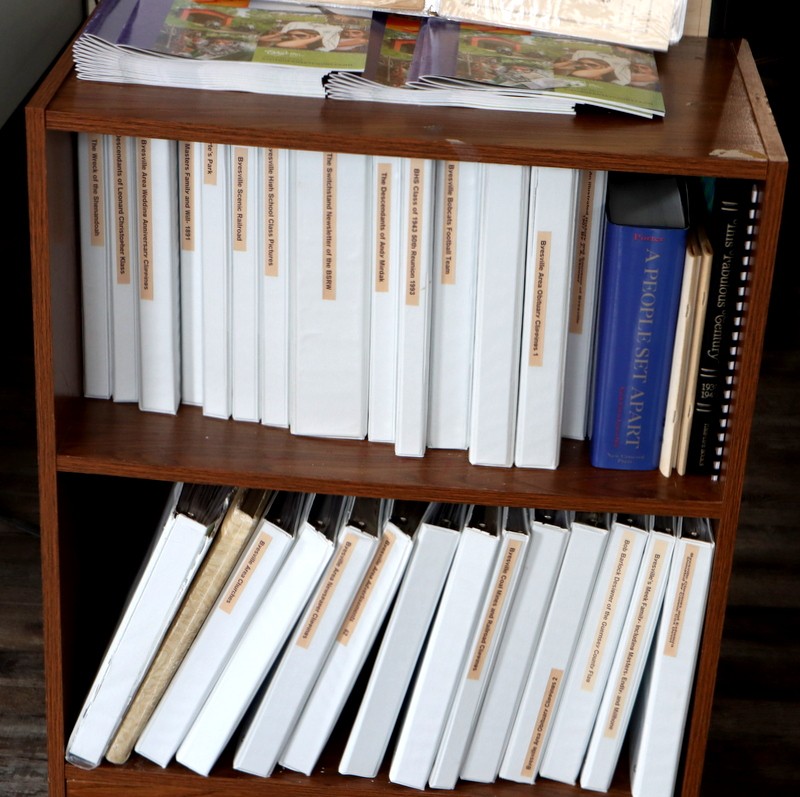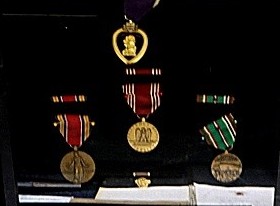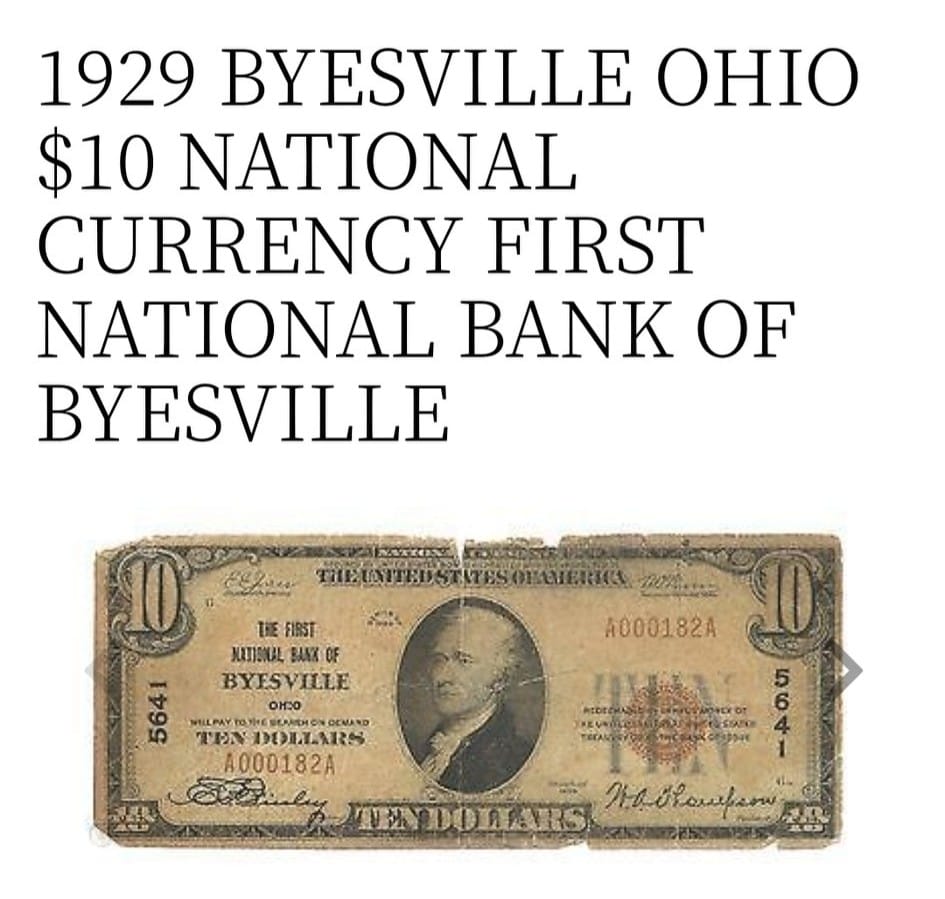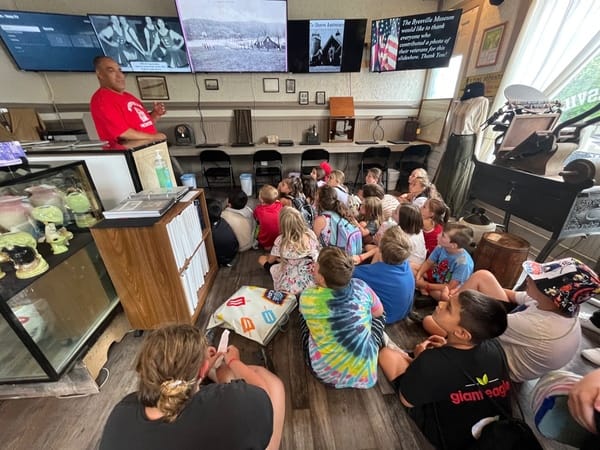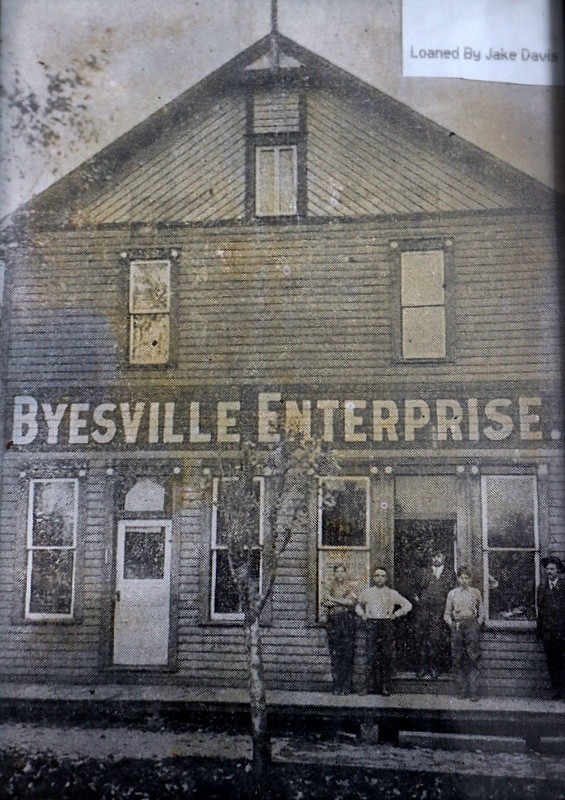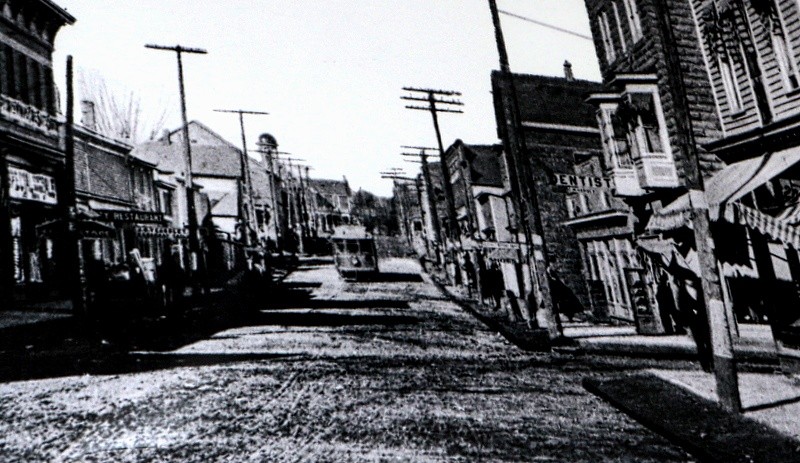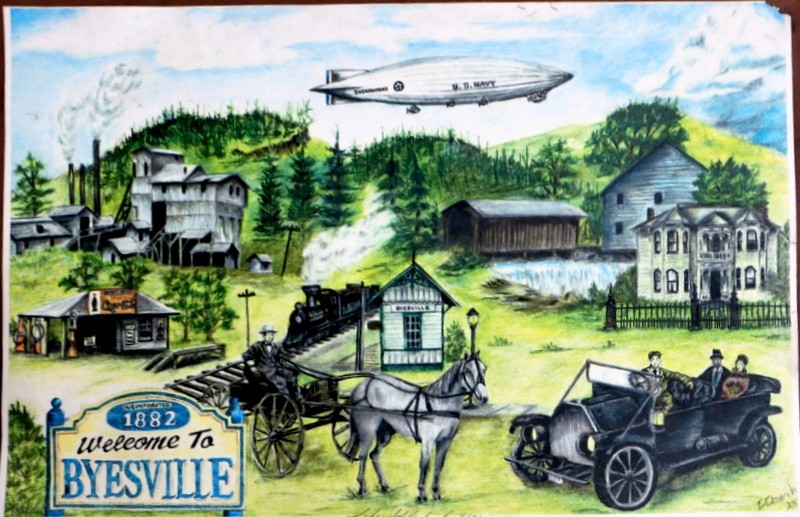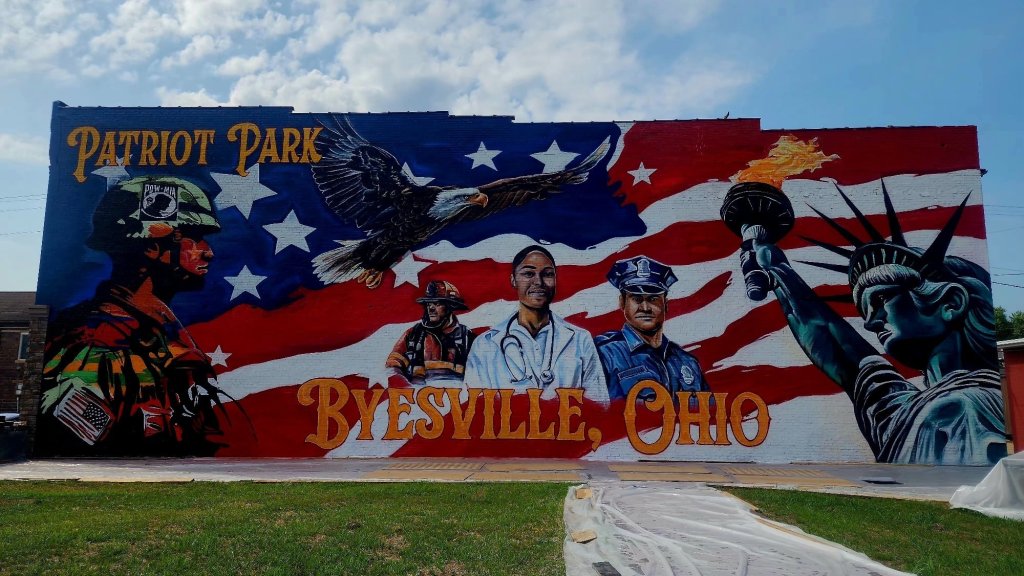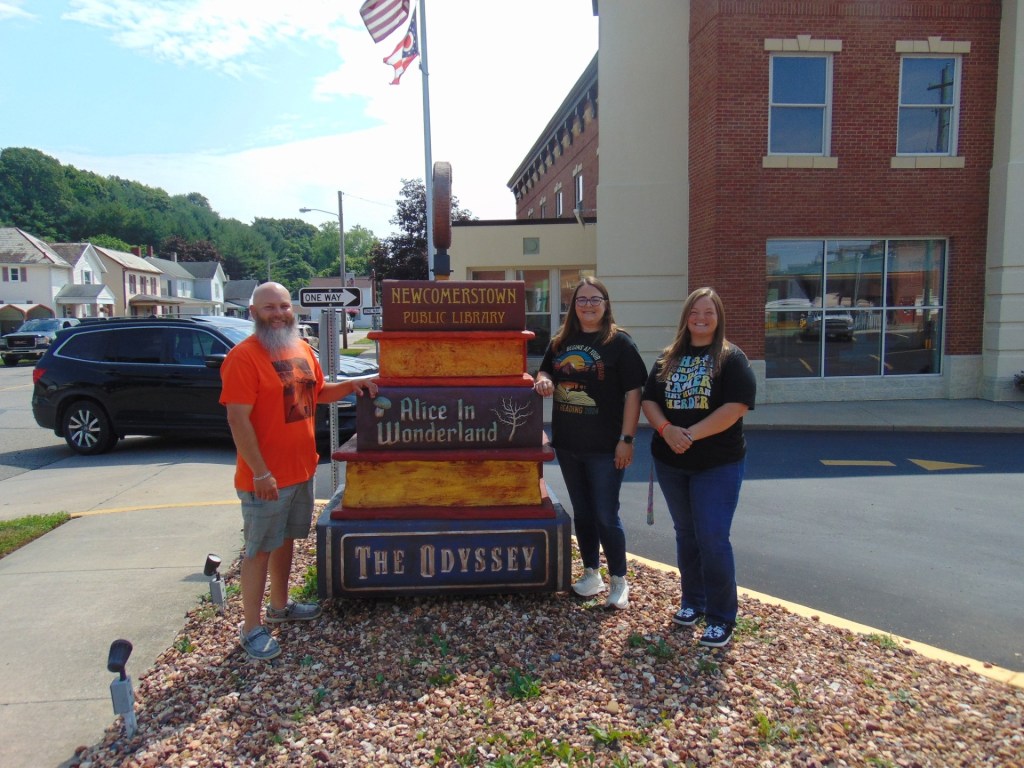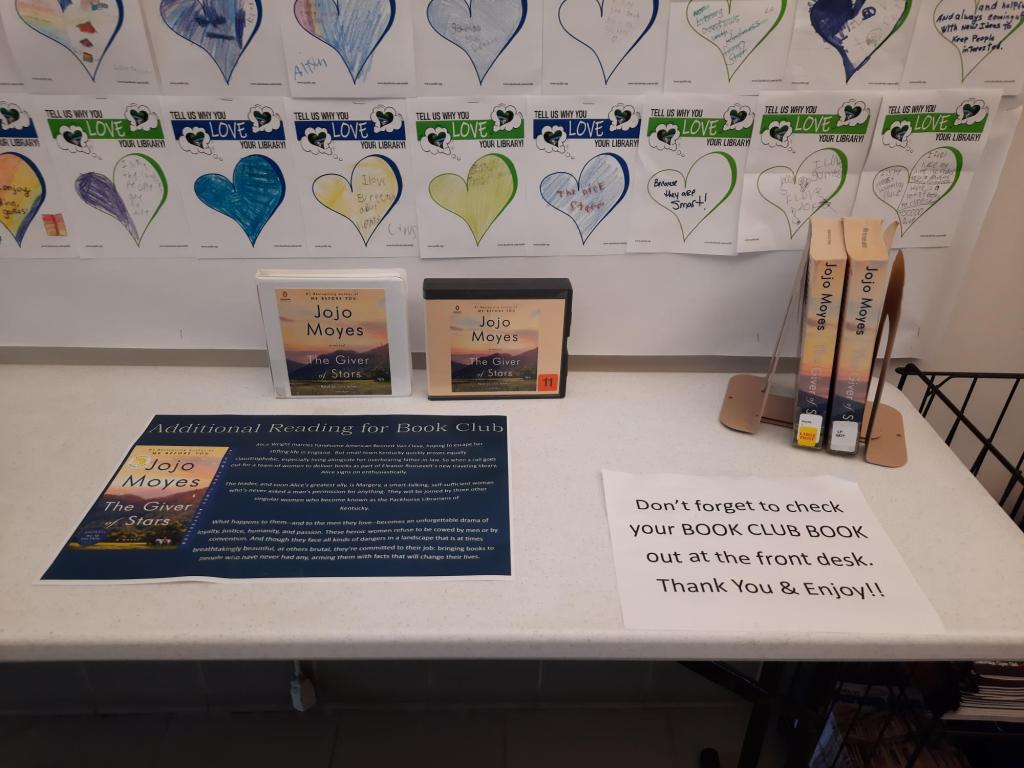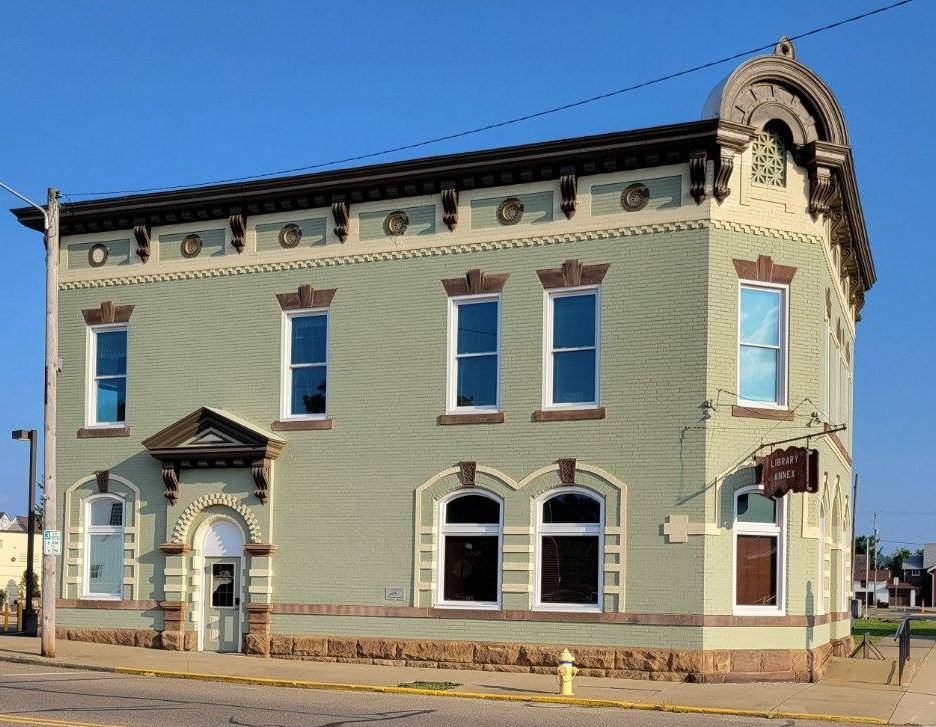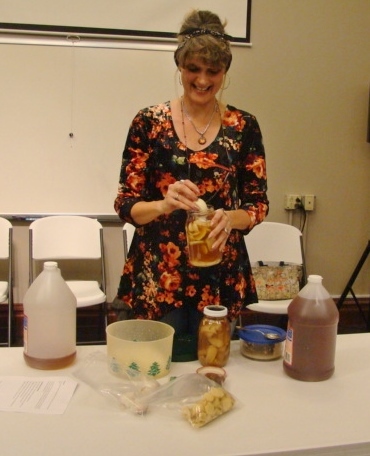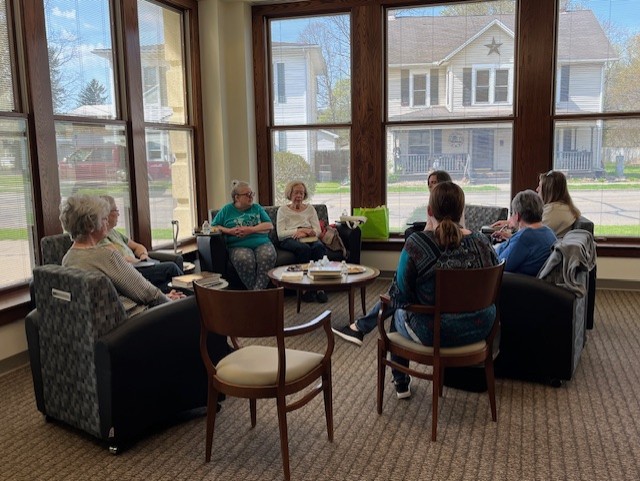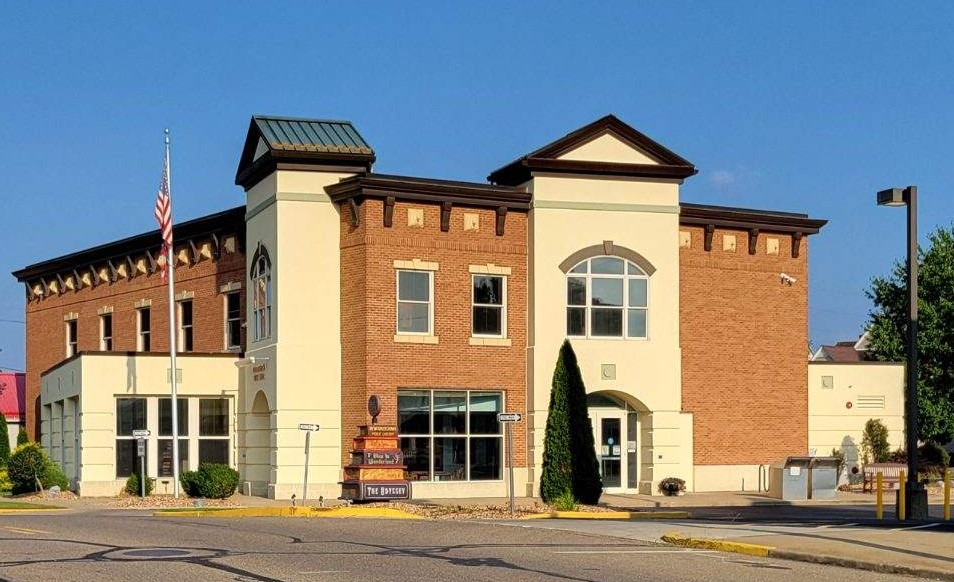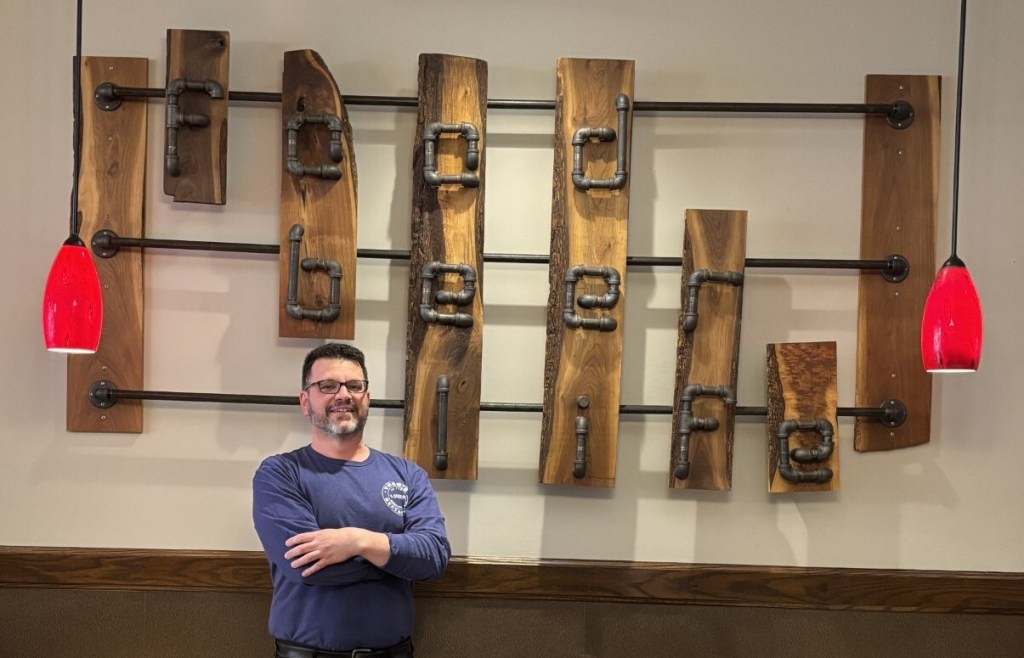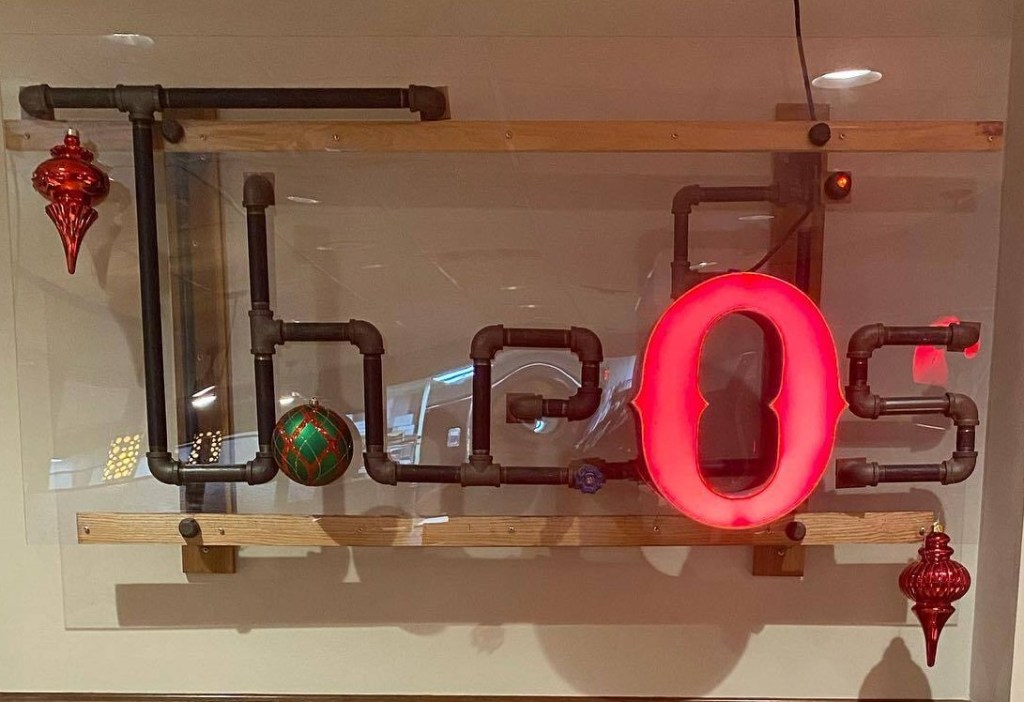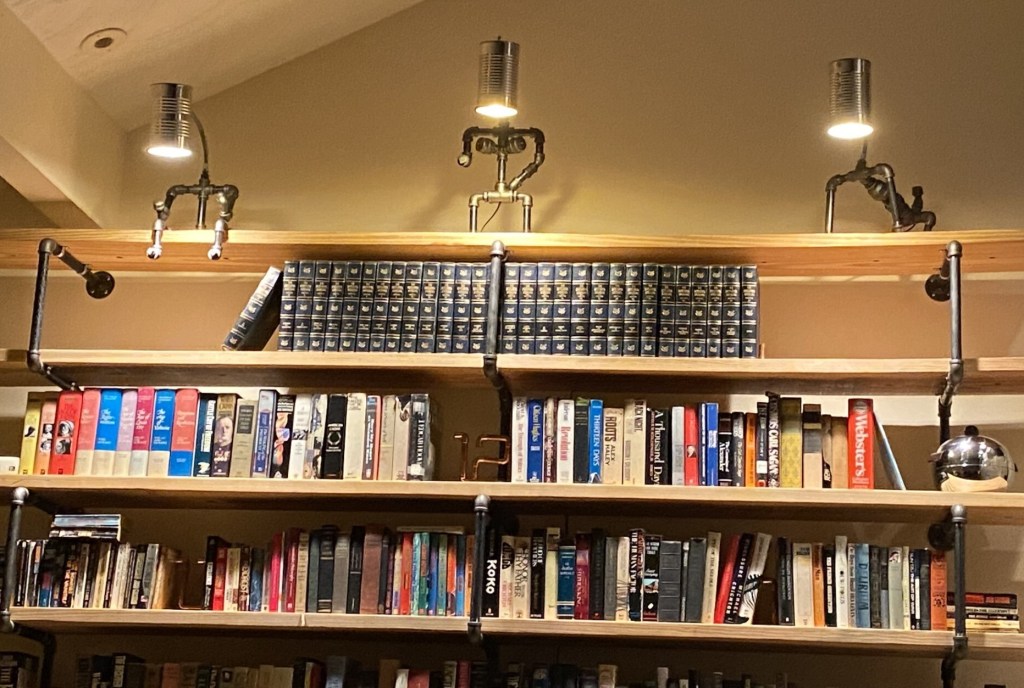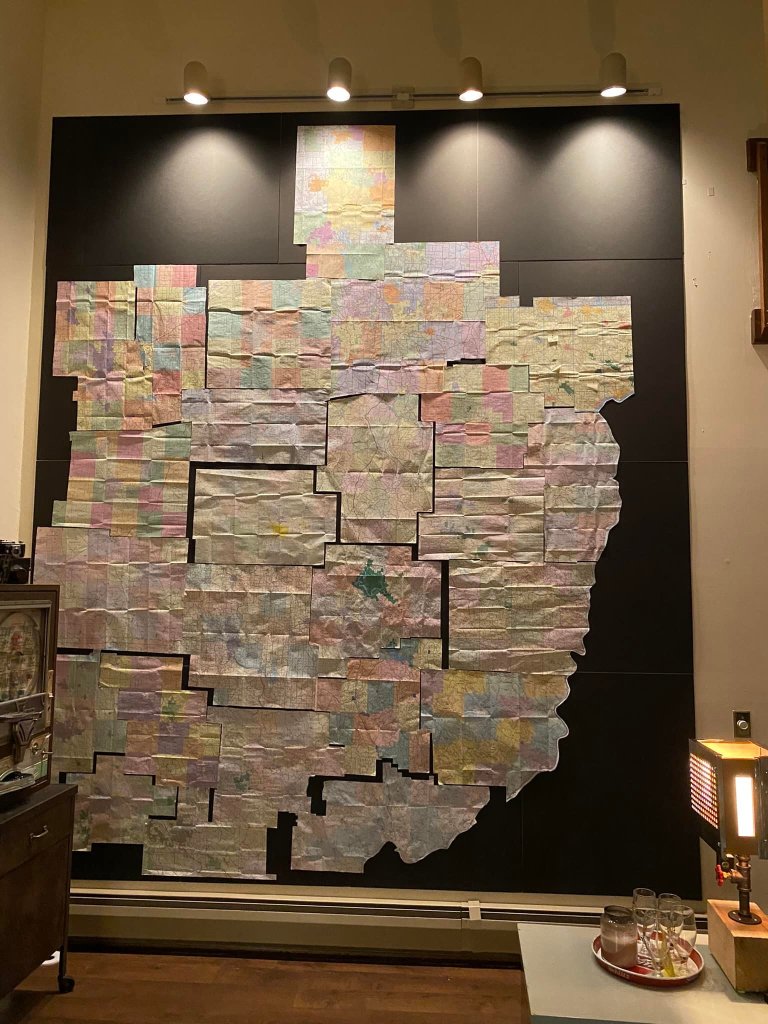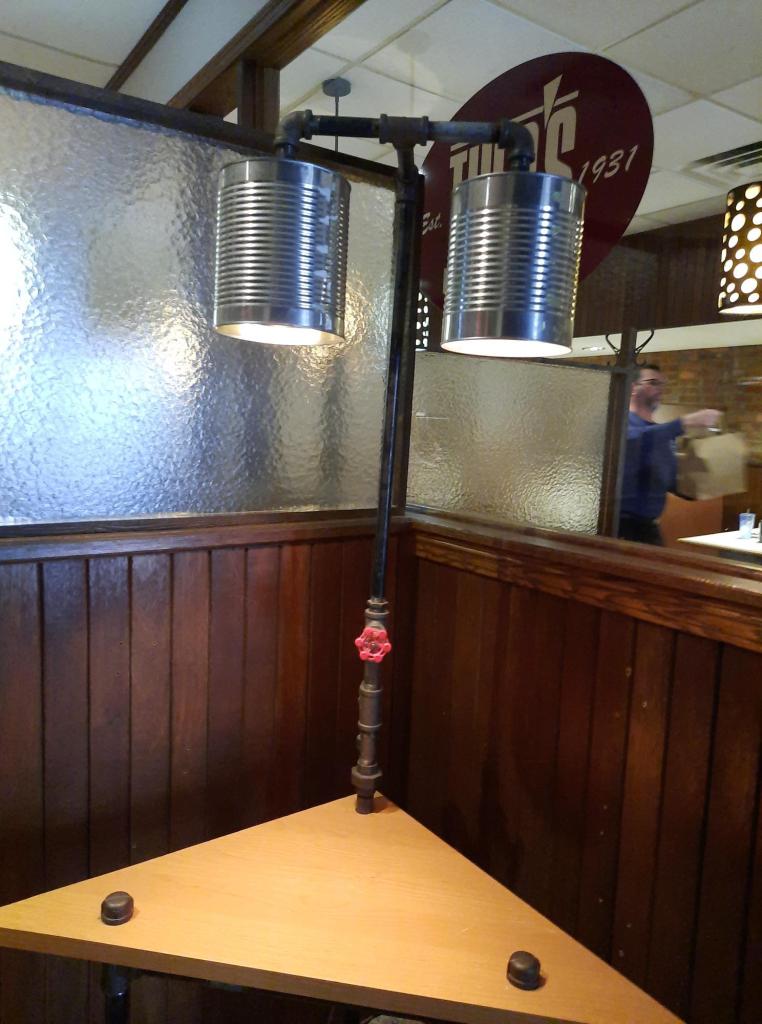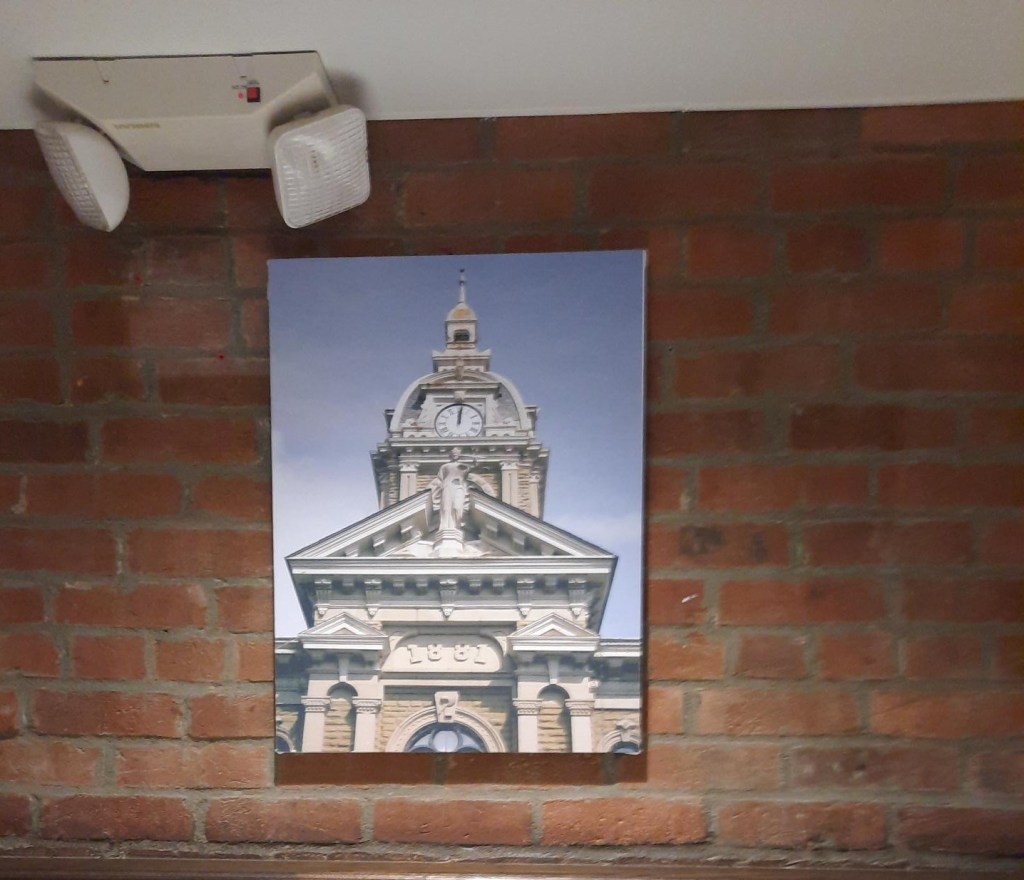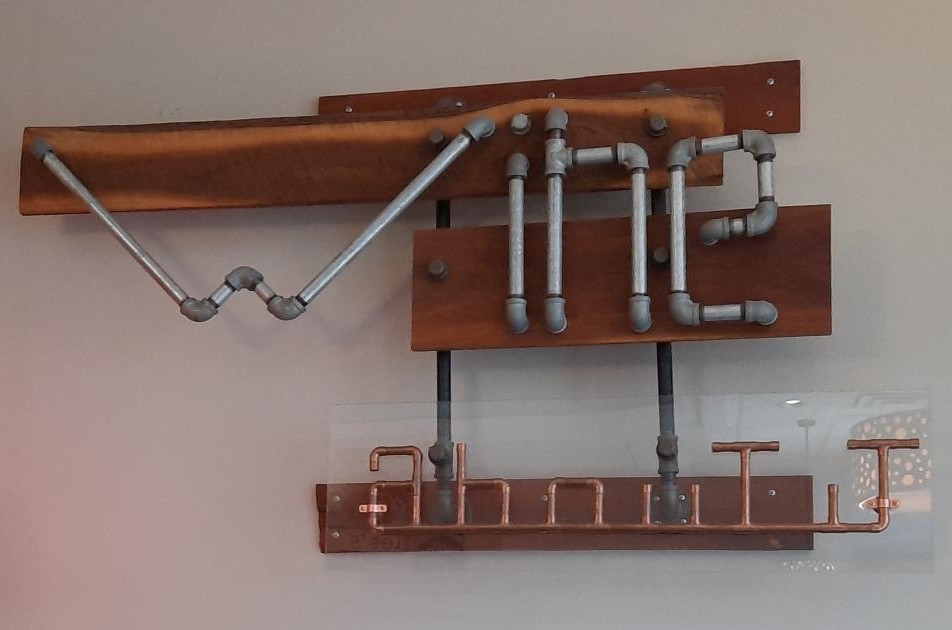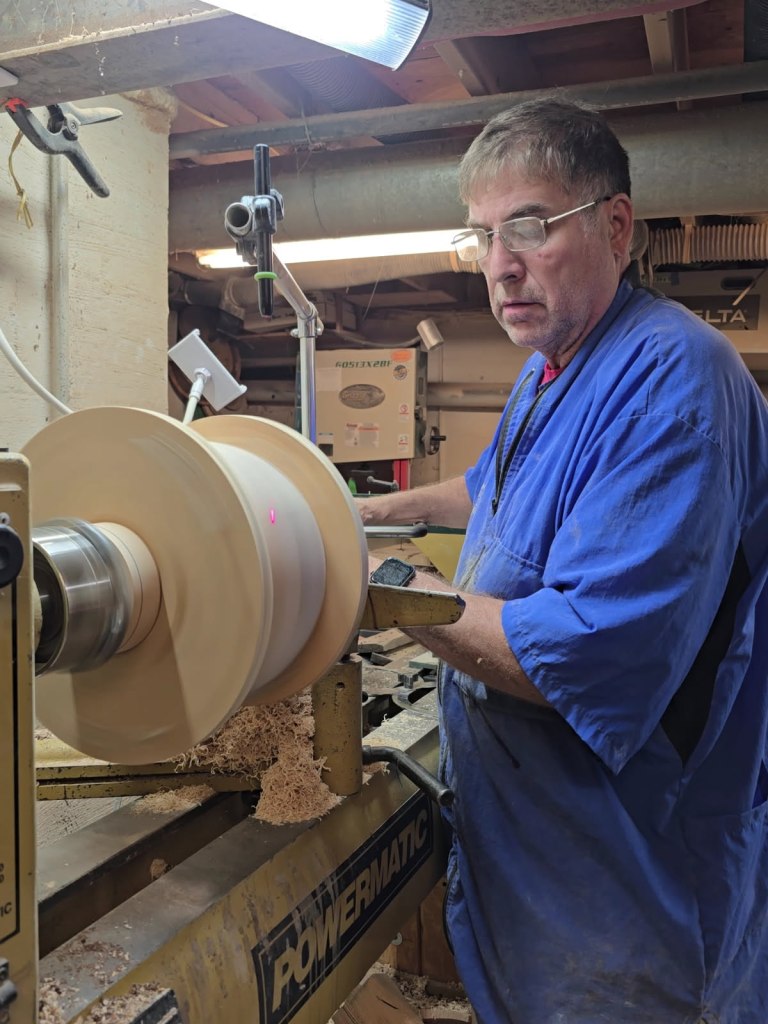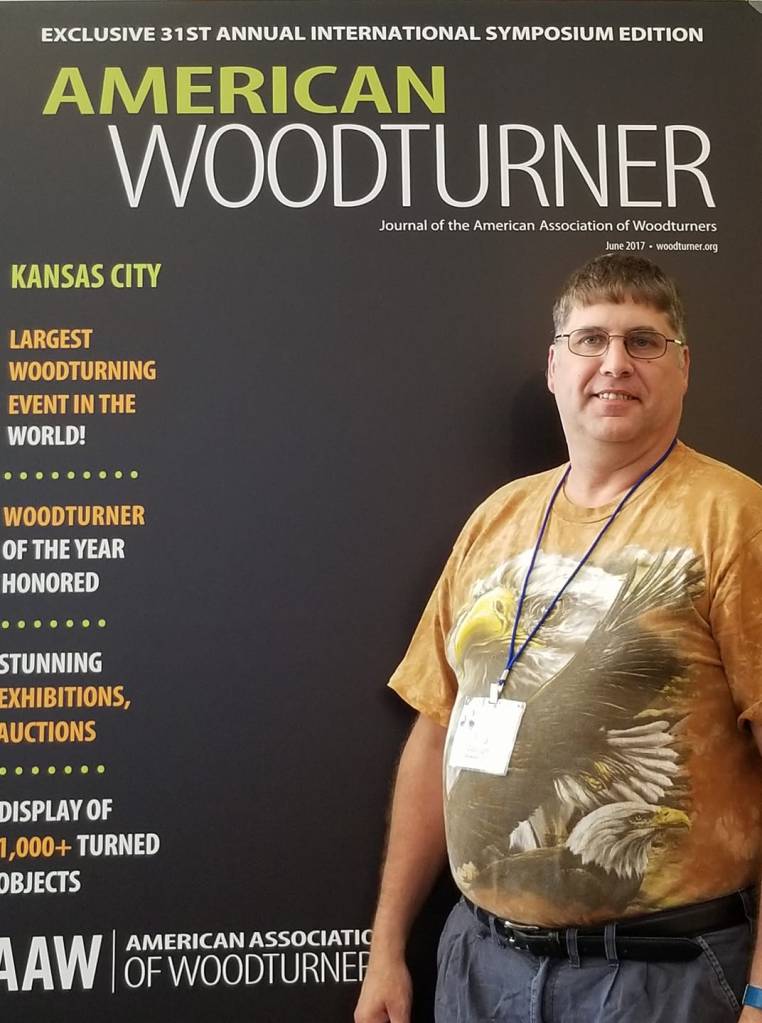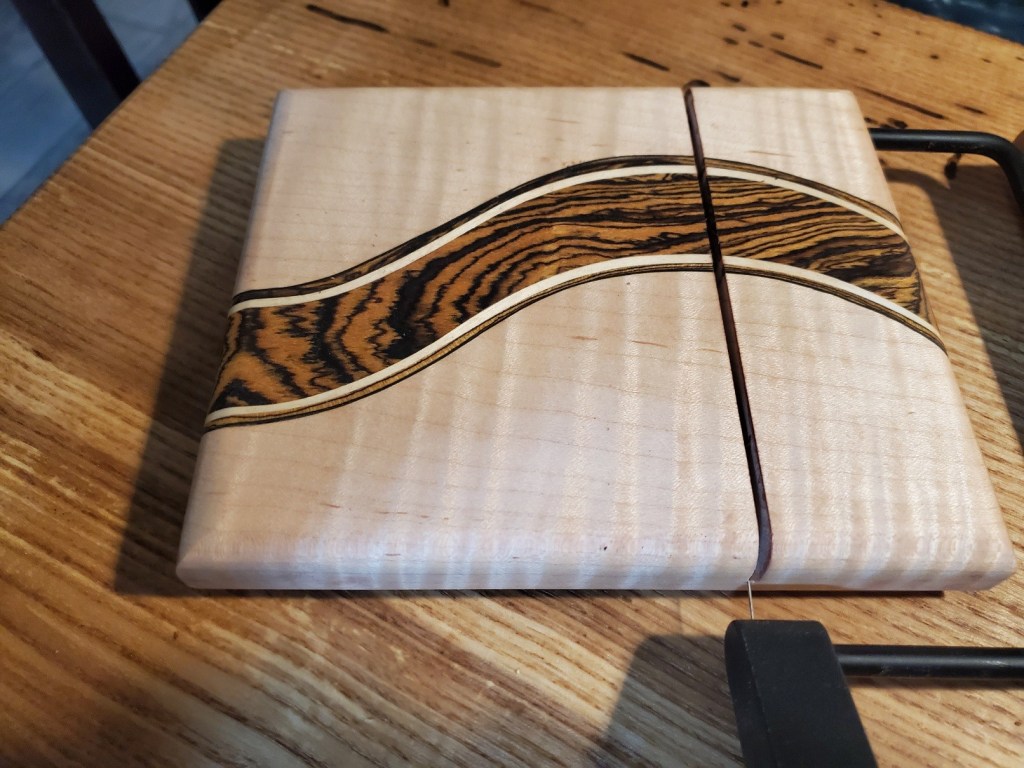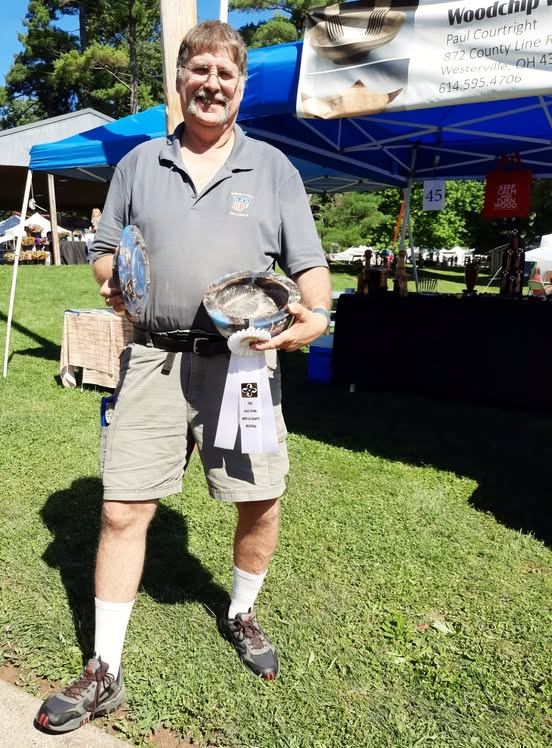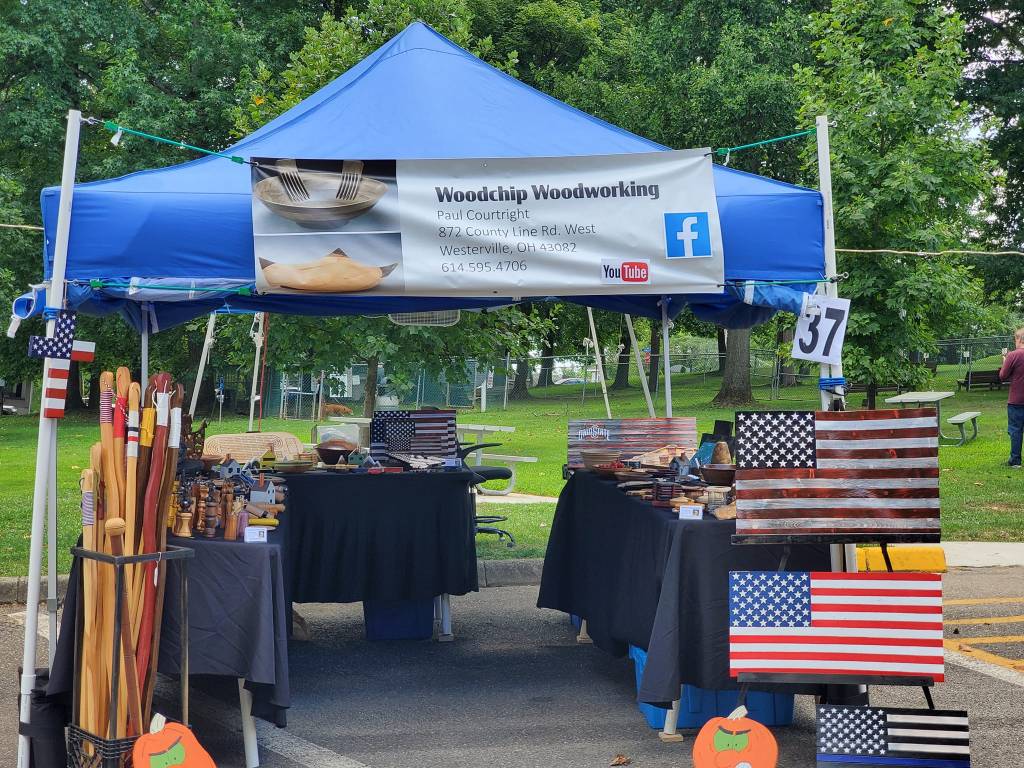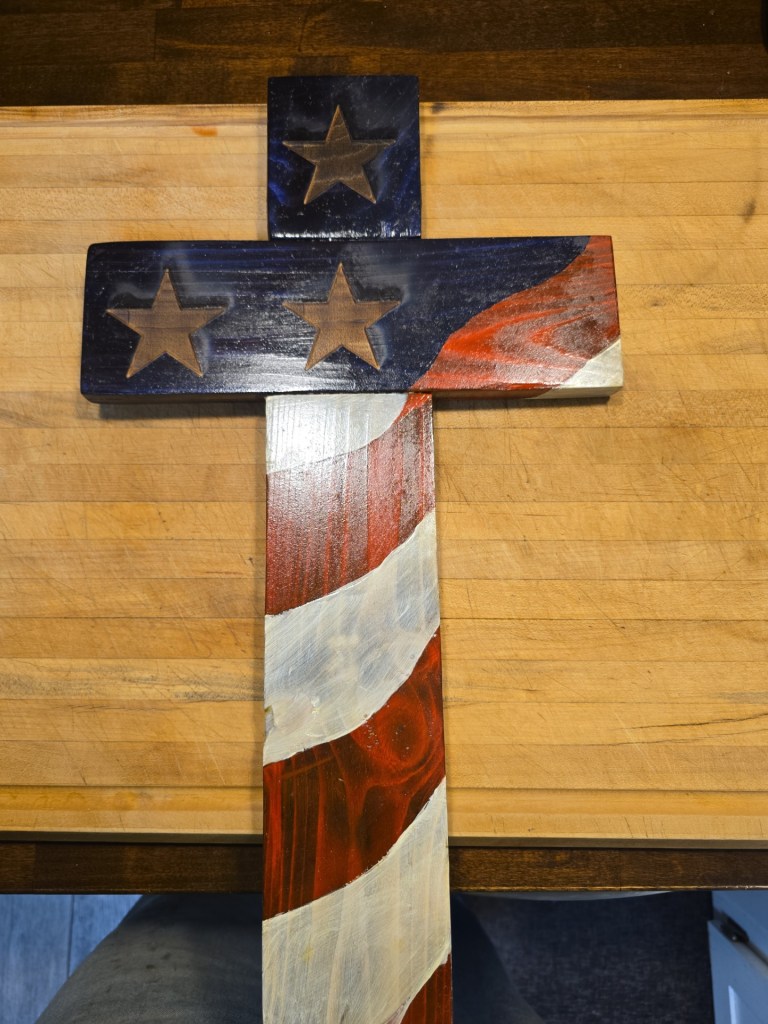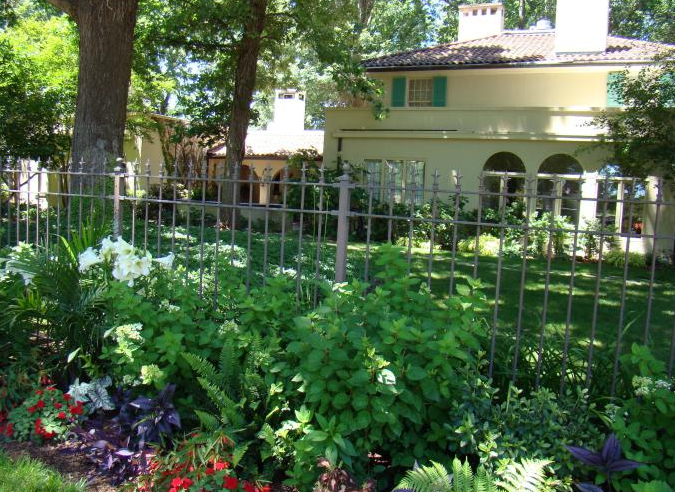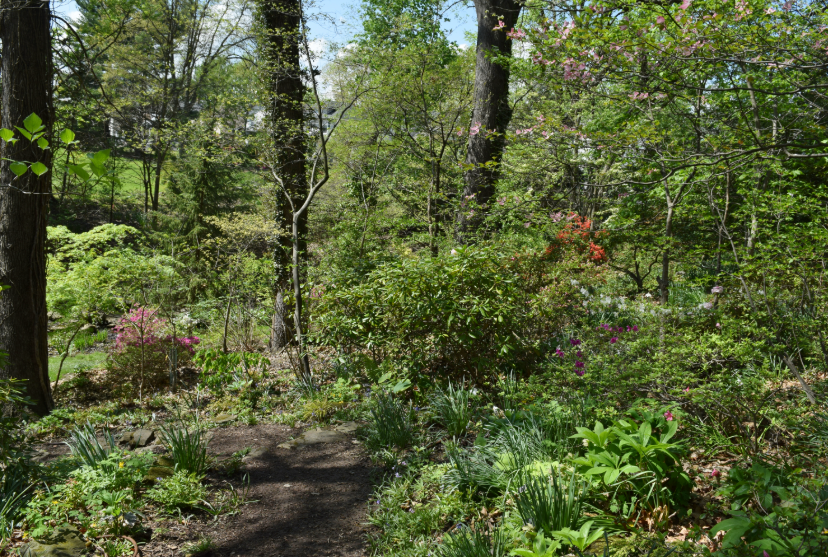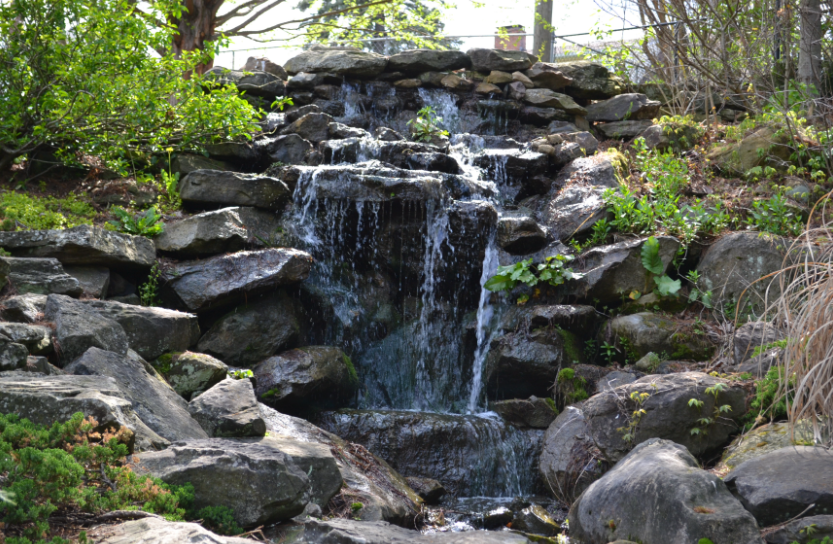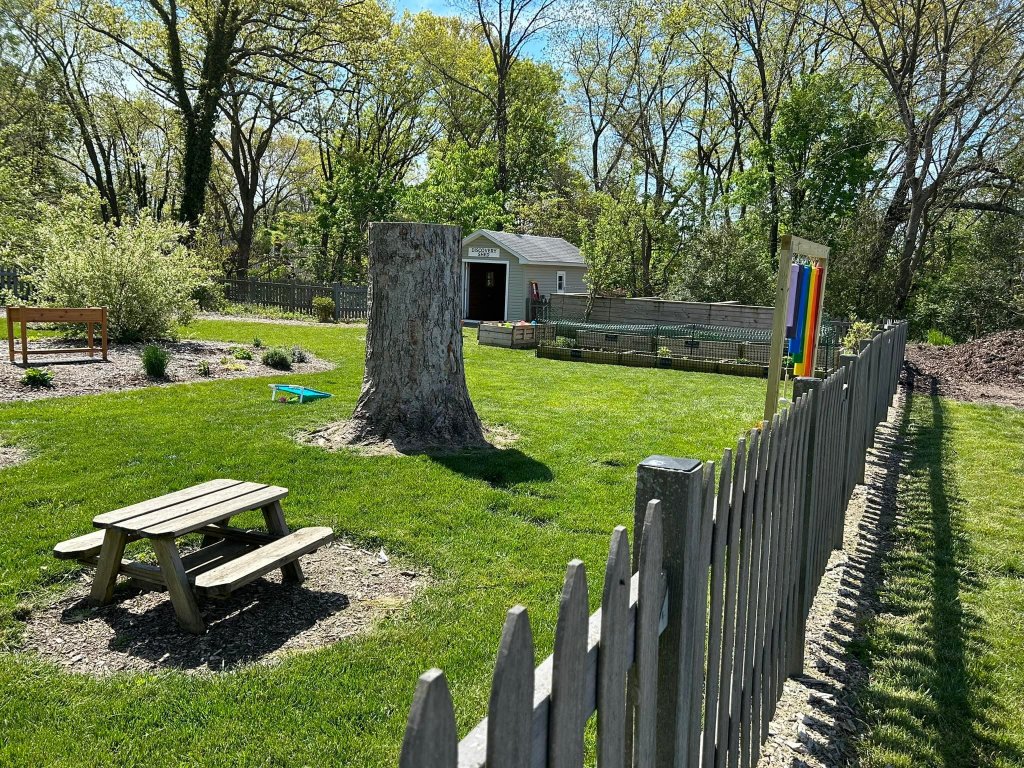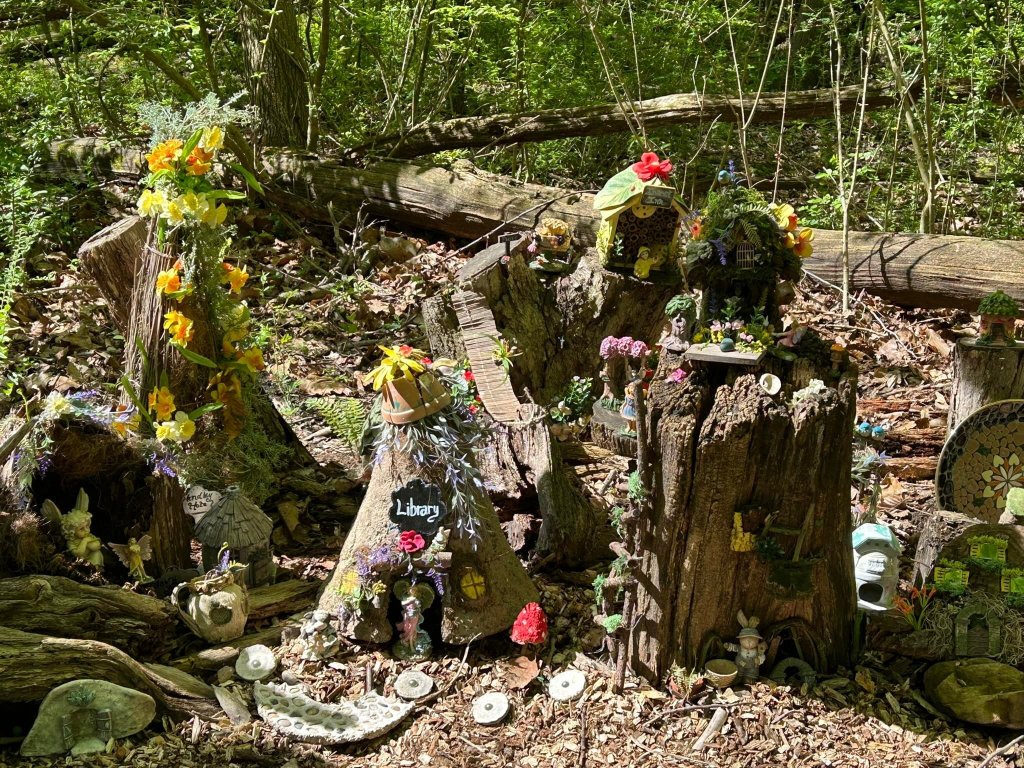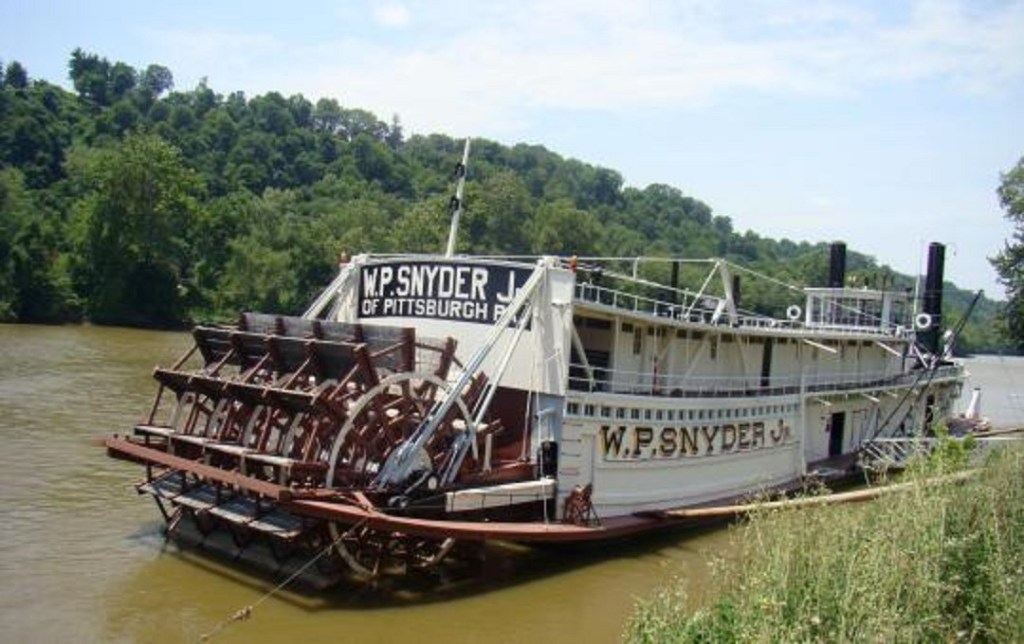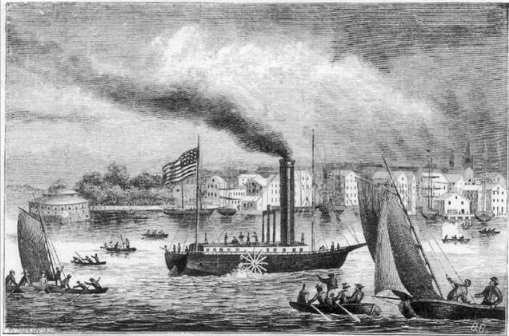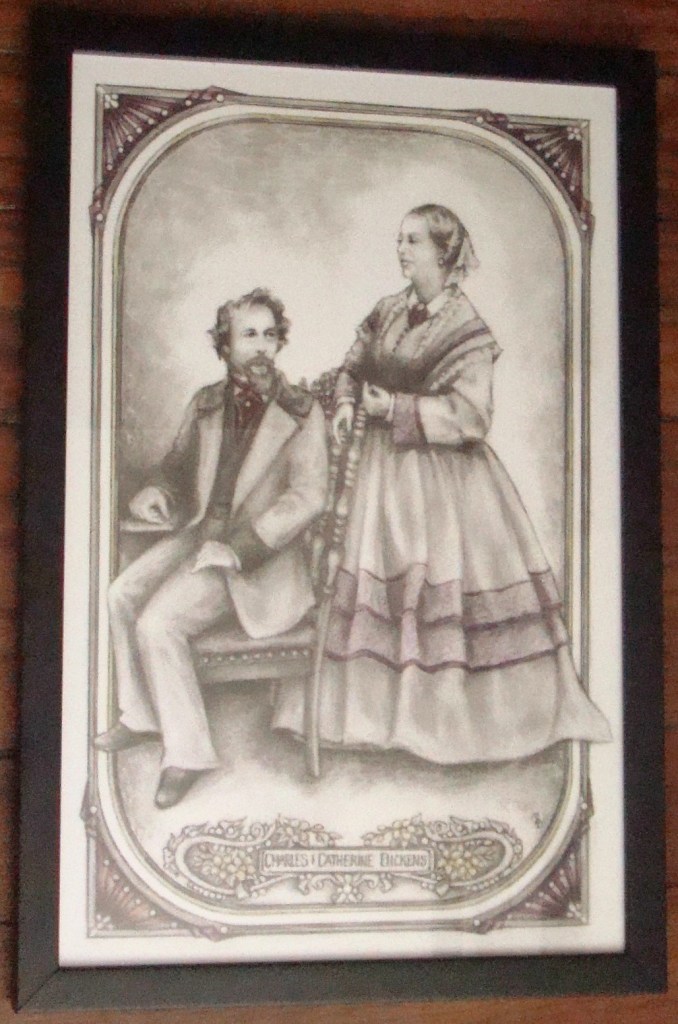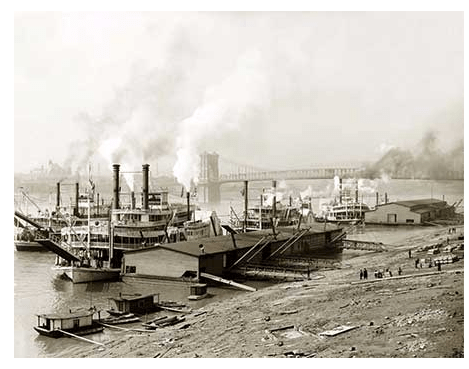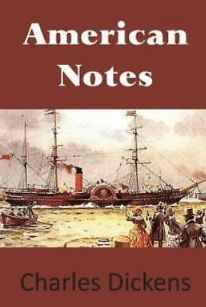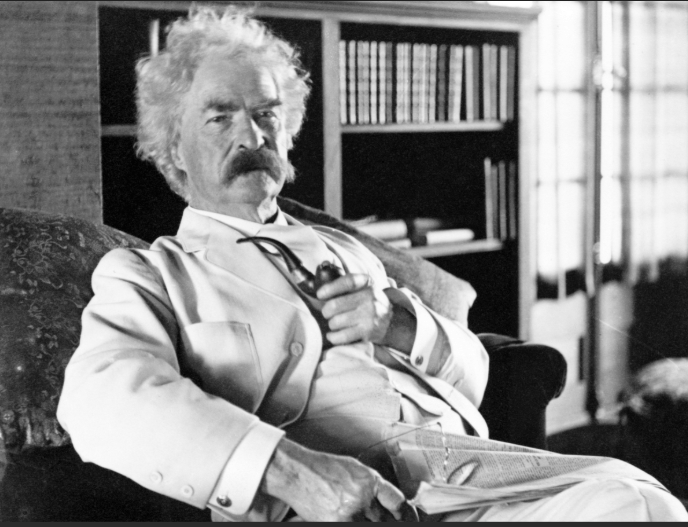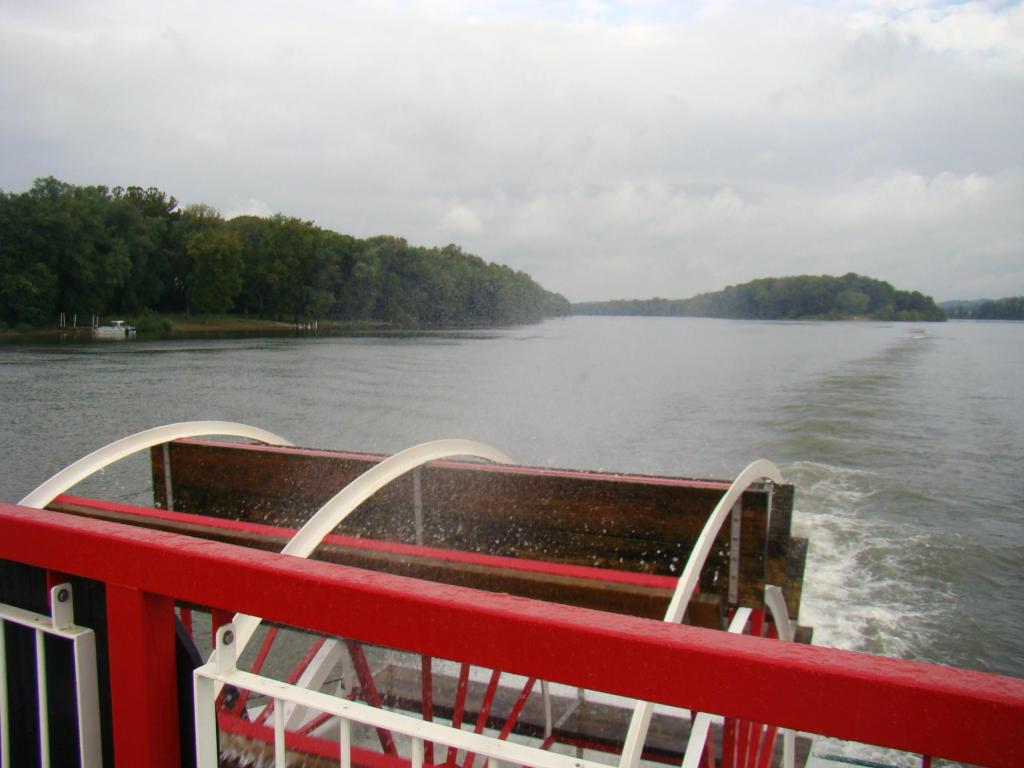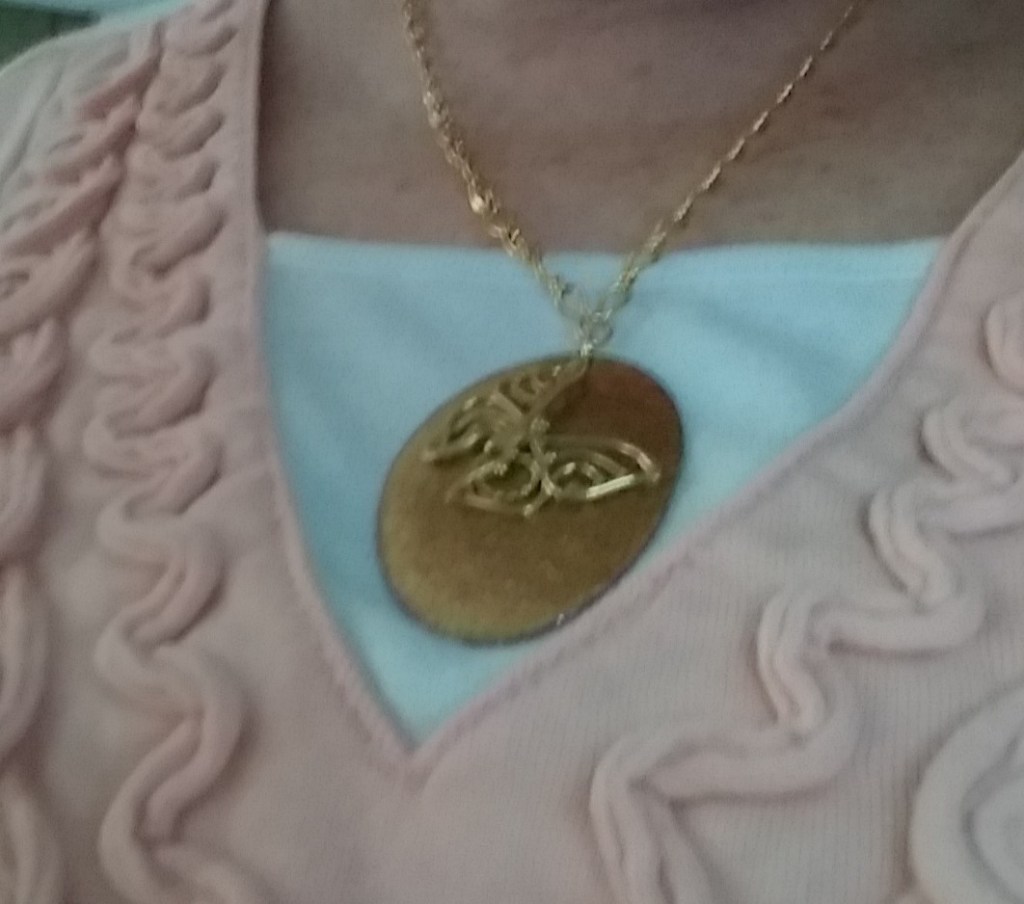
Celebrate the holidays at Deck the Hall when you visit Stan Hywet Hall & Gardens from November 28 – December 30. While Deck the Hall began in 1988, every year is bigger and better. There’s always something new. You’ll be amazed at over 1.4 million lights throughout the estate in this magical Christmas wonderland. While it is lovely all year long, the holidays bring an extra glow that everyone will enjoy.

Many know Stan Hywet as a beautiful historic house in Akron. This was the original site of a stone quarry and gets its name from Old English, where Stan Hywet means stone quarry. This was the country estate of Frank A. Seiberling, one of the co-founders of Goodyear Tire and Rubber Company in 1898.
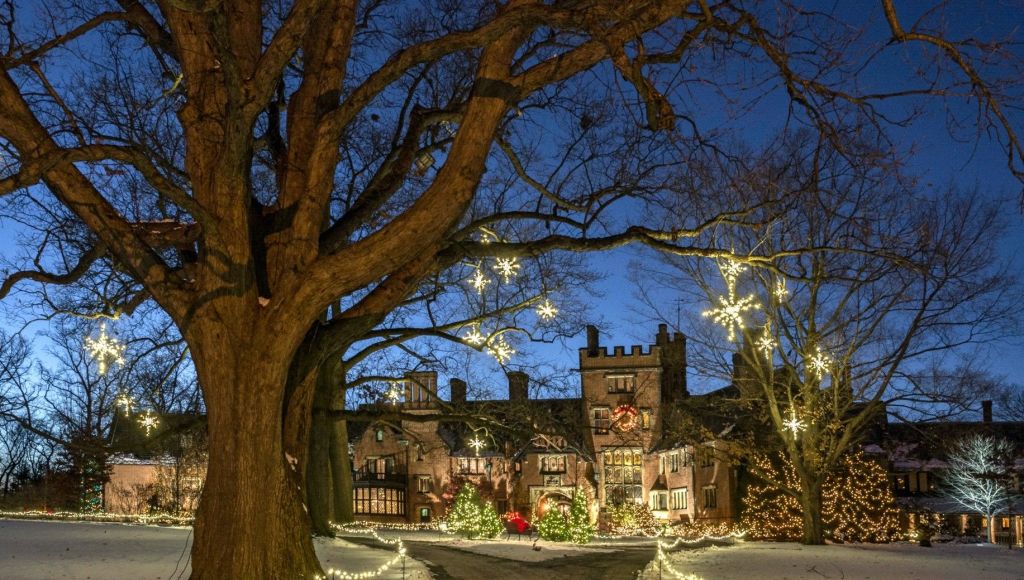
From hospitals and housing to parks and education, their family legacy of giving built a stronger, more connected community. At Stan Hywet, they carry on that spirit of generosity every day by preserving the home they created for the public good. Above the Manor House front door is a sign that reads “Non Nobis Solum” (Not for us Alone), a mantra Gertrude Seiberling included when Stan Hywet was being built and a mantra that continues to inspire all they do today.
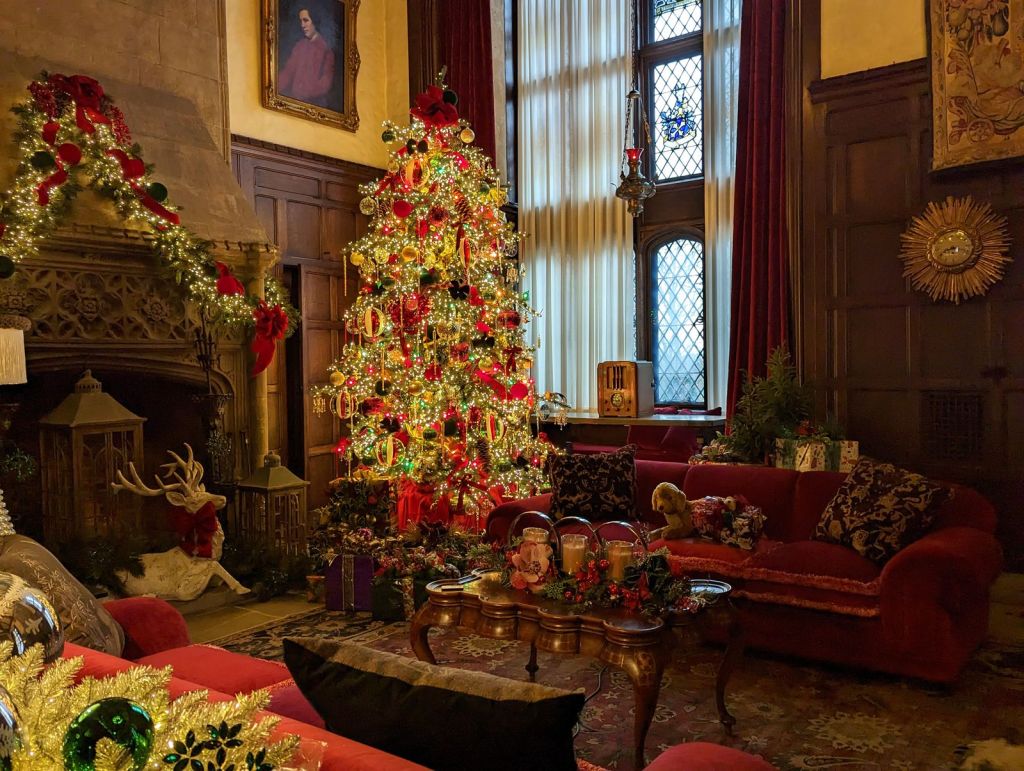
Your Deck the Hall ticket gives you access to a self-guided tour from 3-7:30 pm of the stunning Manor House with it’s dazzling winter-themed décor in twenty rooms. There are also many Christmas displays as each room has a special theme that often brings the beauty of nature inside. There’s even a Lego room that the kids especially enjoy.
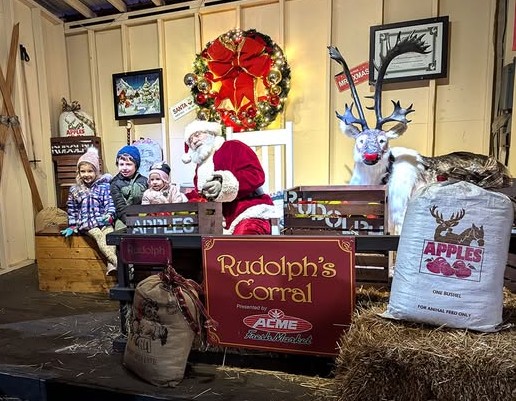
Visit Santa and Rudolph in the Carriage House Courtyard through December 23. They love to greet the children and have pictures taken with them. Stop in Molly’s Courtyard Cafe for cocoa, gingerbread cookies, beer, or wine and find some great gifts at Molly’s Shop. There’s a new digital Christmas tree on display here.

The ticket also gives you access to see all the outdoor lights, Gingerbread Land, and the Dazzle Light Show, an animated light show set to holiday music, in the Great Garden. Step outside into seventy acres of beauty where you are surrounded by the magic of the Christmas season. Twinkling lights around every bend of the walk are incredible.

Corbin Conservatory was originally used by the Seiberling family to grow produce and plants. For Deck the Hall, it is filled with poinsettias of every color imaginable. Pick out your favorite color for a reminder of your visit when you return home.

Homes of Nature / Children’s Playgarden is a favorite spot for youngsters with decorations that attract their attention. There is so much to explore here from the music of Harmony Hill, the barking of a St. Bernard at Joe’s Dig, or the Model A Ford with rubber tires to remind everyone of the former owner.
Special nights are planned throughout the season. Visit their website at https://stanhywet.org/events/deck-hall for detailed information.
- Dinner, Ballet, and Deck the Hall features The Little Nutcracker presented by the Cleveland Ballet on December 3 and 4.
- Dinner and Deck the Hall includes a festive holiday dinner in the Manor House Reception Hall on December 5, 10, 11, and 12.

Deck the Hall at 714 N. Portage Path, Akron is open Nov. 28 – 30, Dec. 4 – 7, 11 – 14, 18 – 23, 26 – 30. They are closed on December 24 and 25. Your visit can begin at 3pm with the last admission being 8 pm.
All tickets must be purchased in advance at stanhywet.org or by calling 330-315-3287. Many nights sell out so get your tickets early. Admission is $28 for adults and $15 for youths (3-17). Children two and under are free. Members of Stan Hywet receive a discount.

Once inside, you can remain on the grounds until 9pm. Parking is free in their Main Lot. When that lot fills, there will be auxiliary lots with shuttle service. Beverages, food, and strollers are not permitted inside the Manor House. There is an area just outside the Manor House to park strollers.
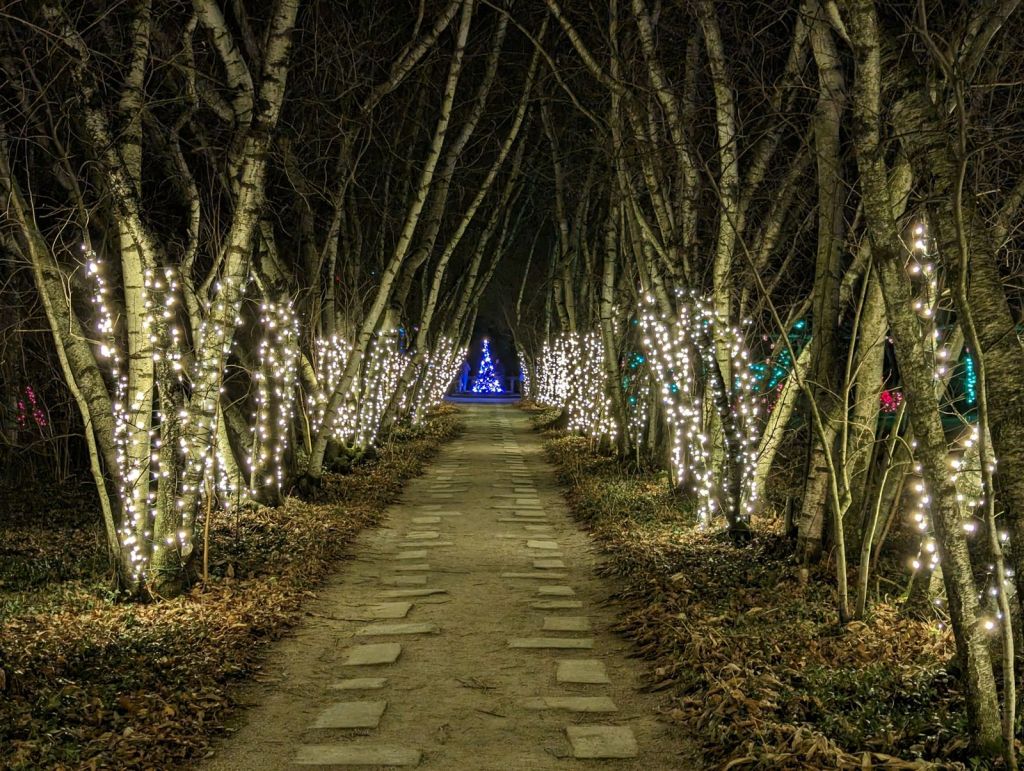
Dress warmly as this celebration is a walking experience that takes you both inside and outside. If you want to see everything, allow yourself two to three hours to see this winter wonderland that sparkles with holiday cheer.
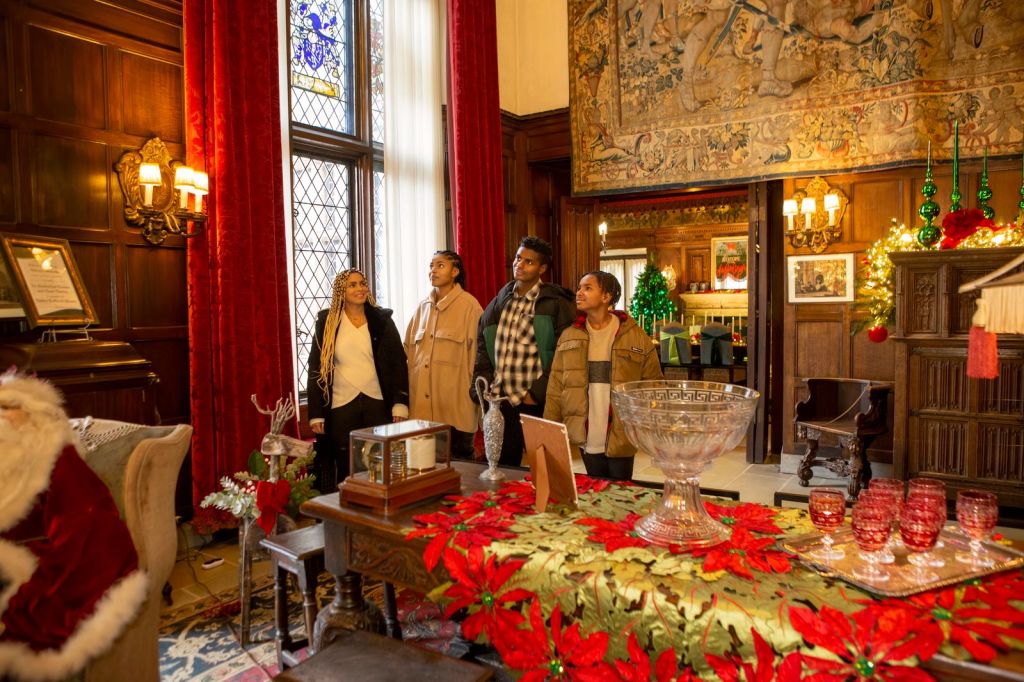
Many families have made Deck the Hall a family tradition. Take time from your busy schedule this year and make it part of your family’s celebration.
